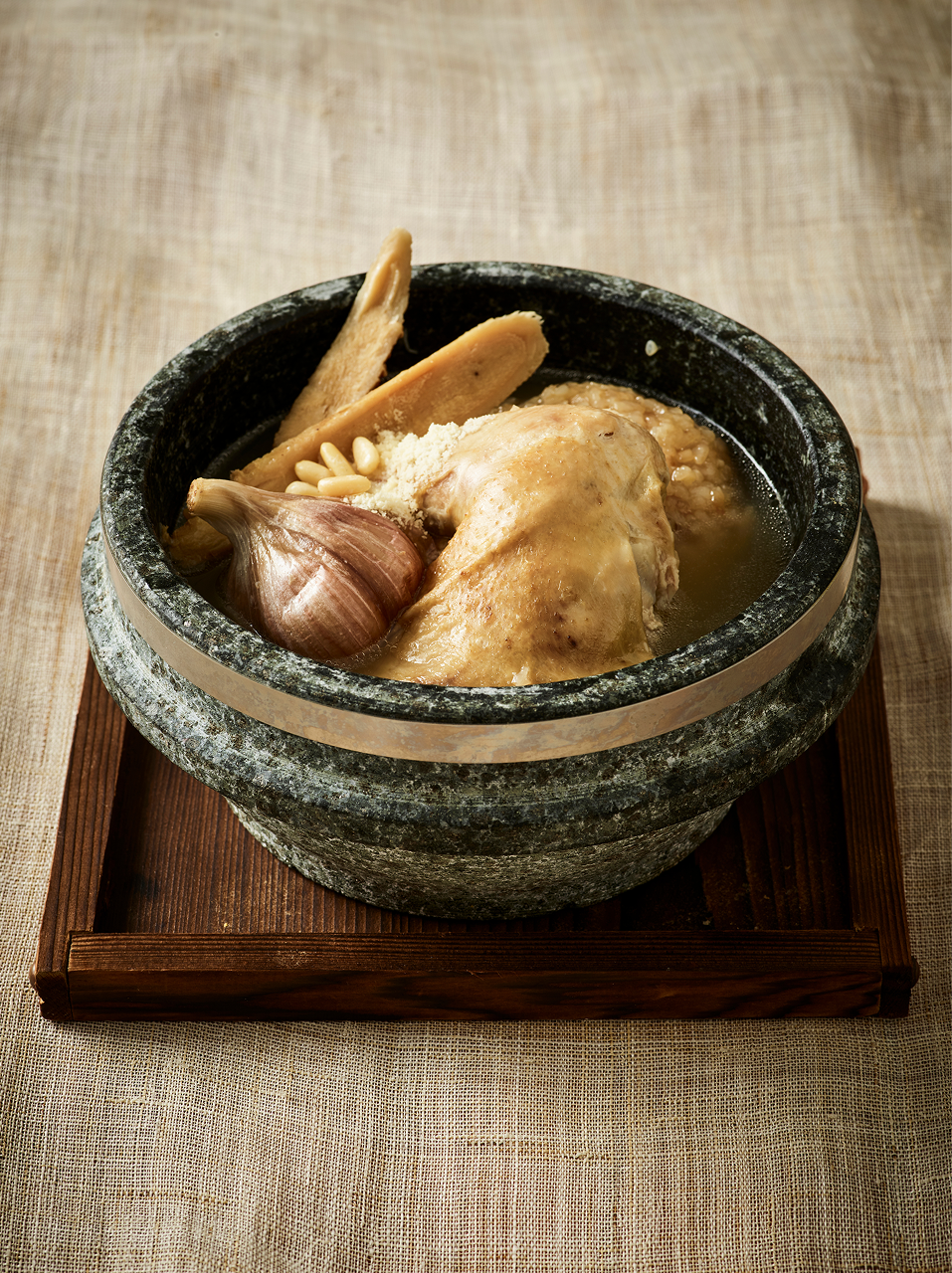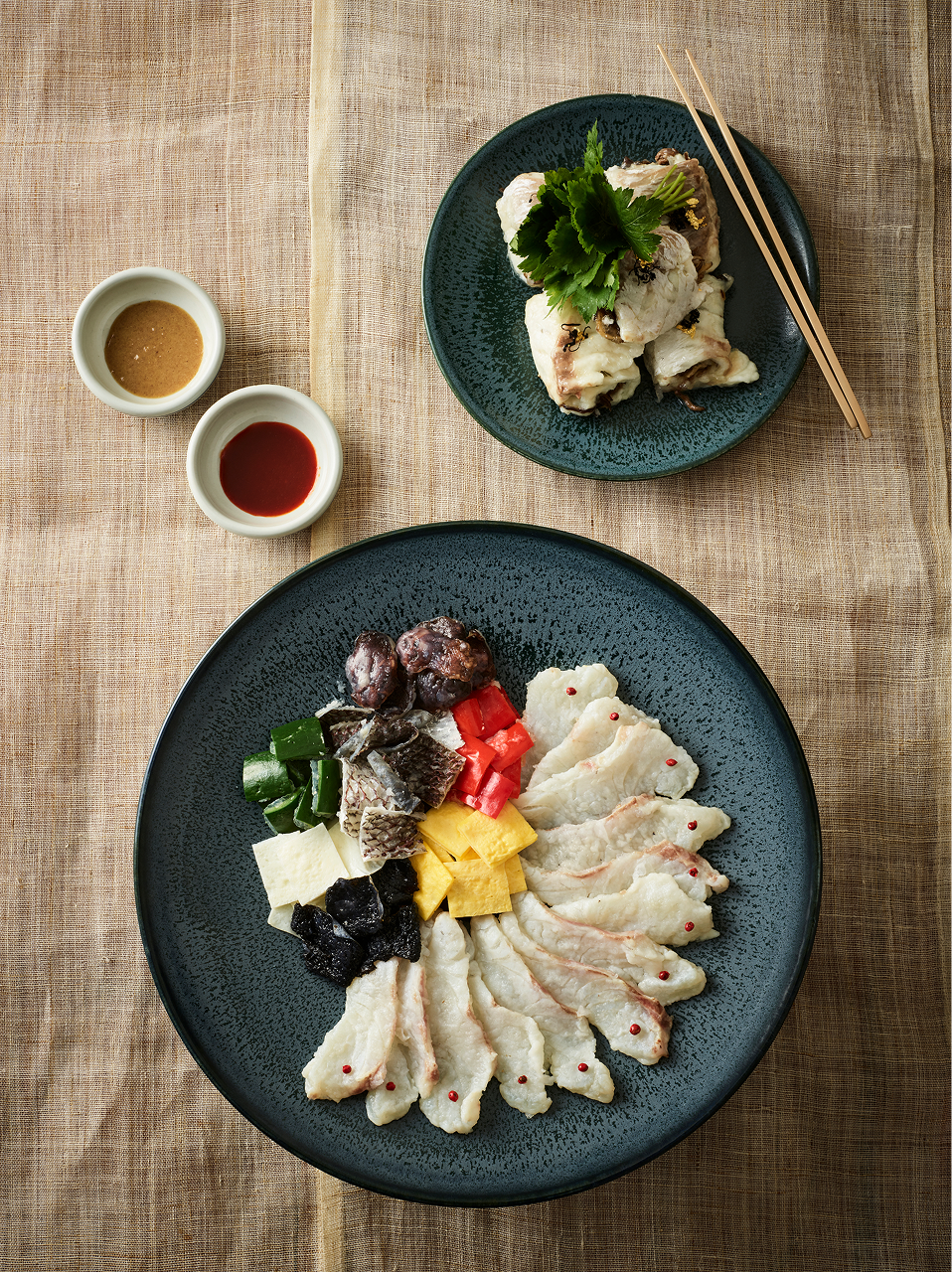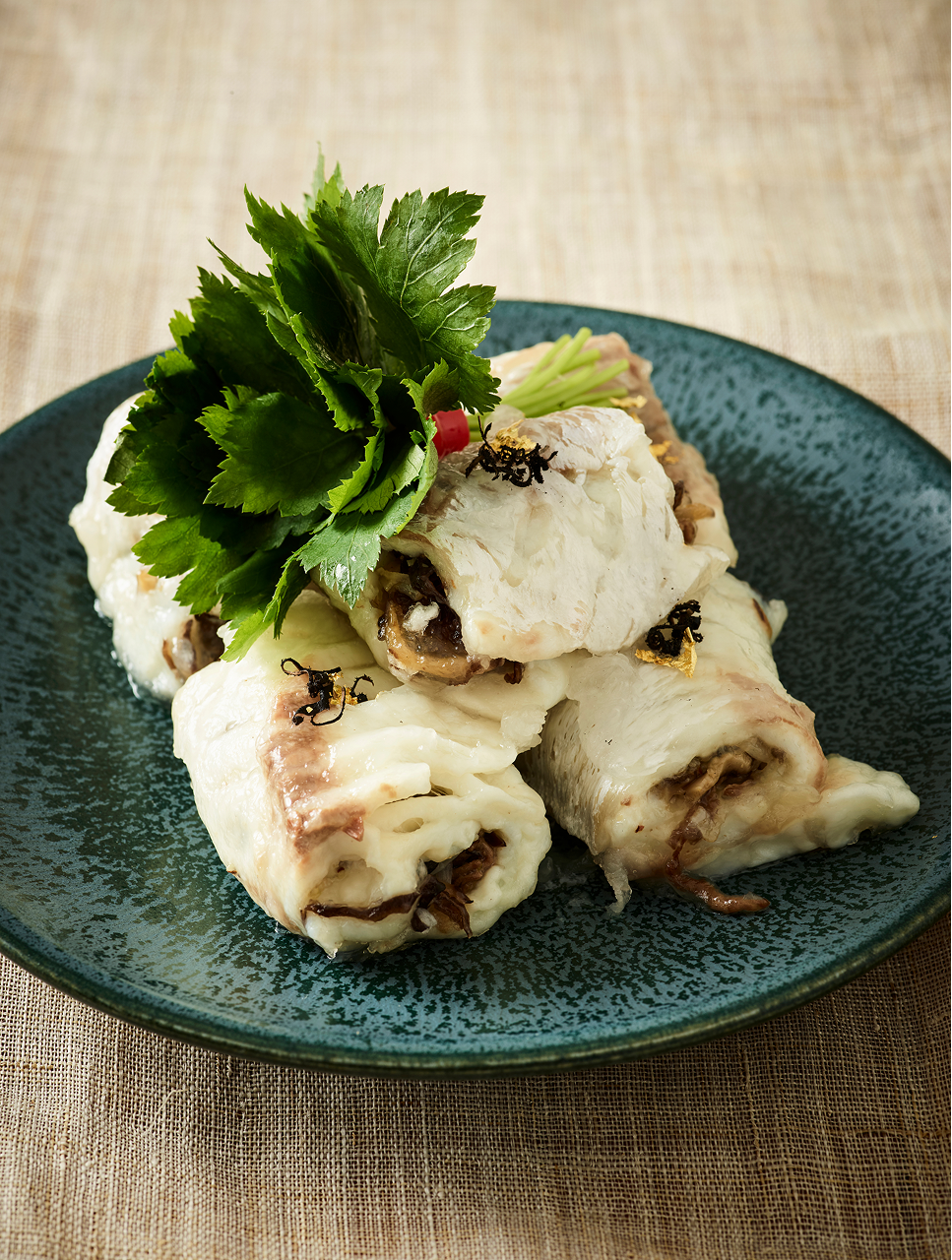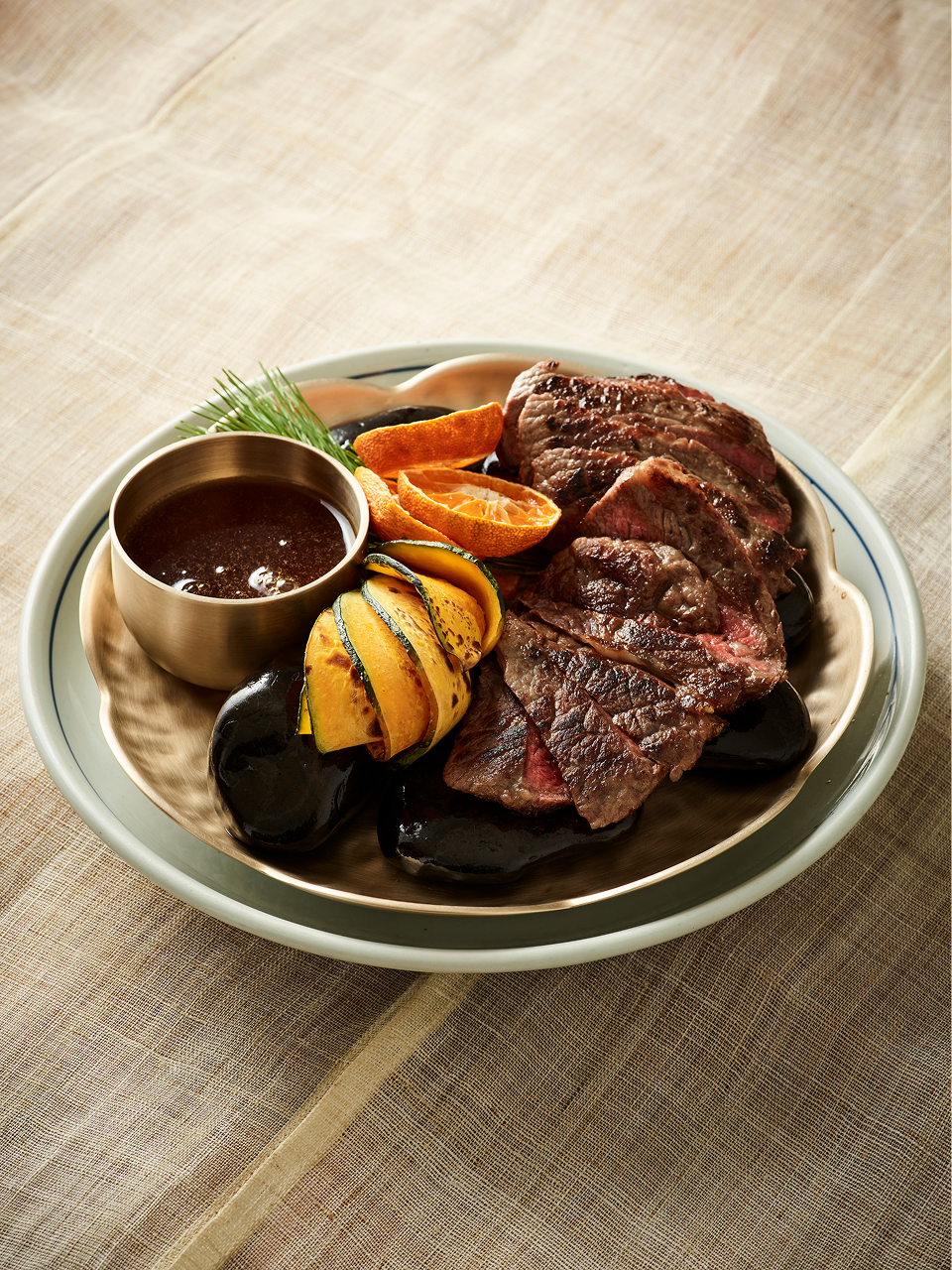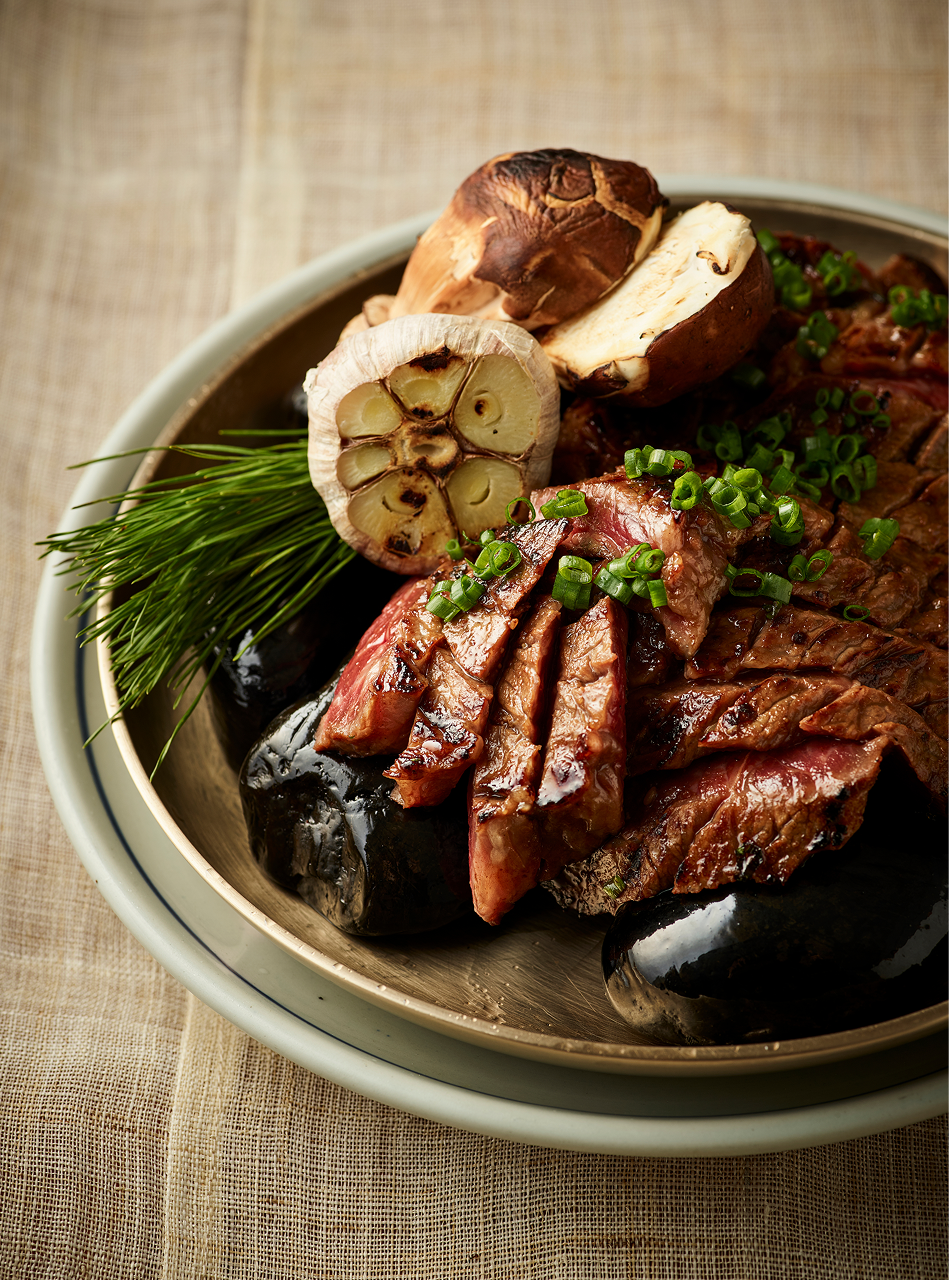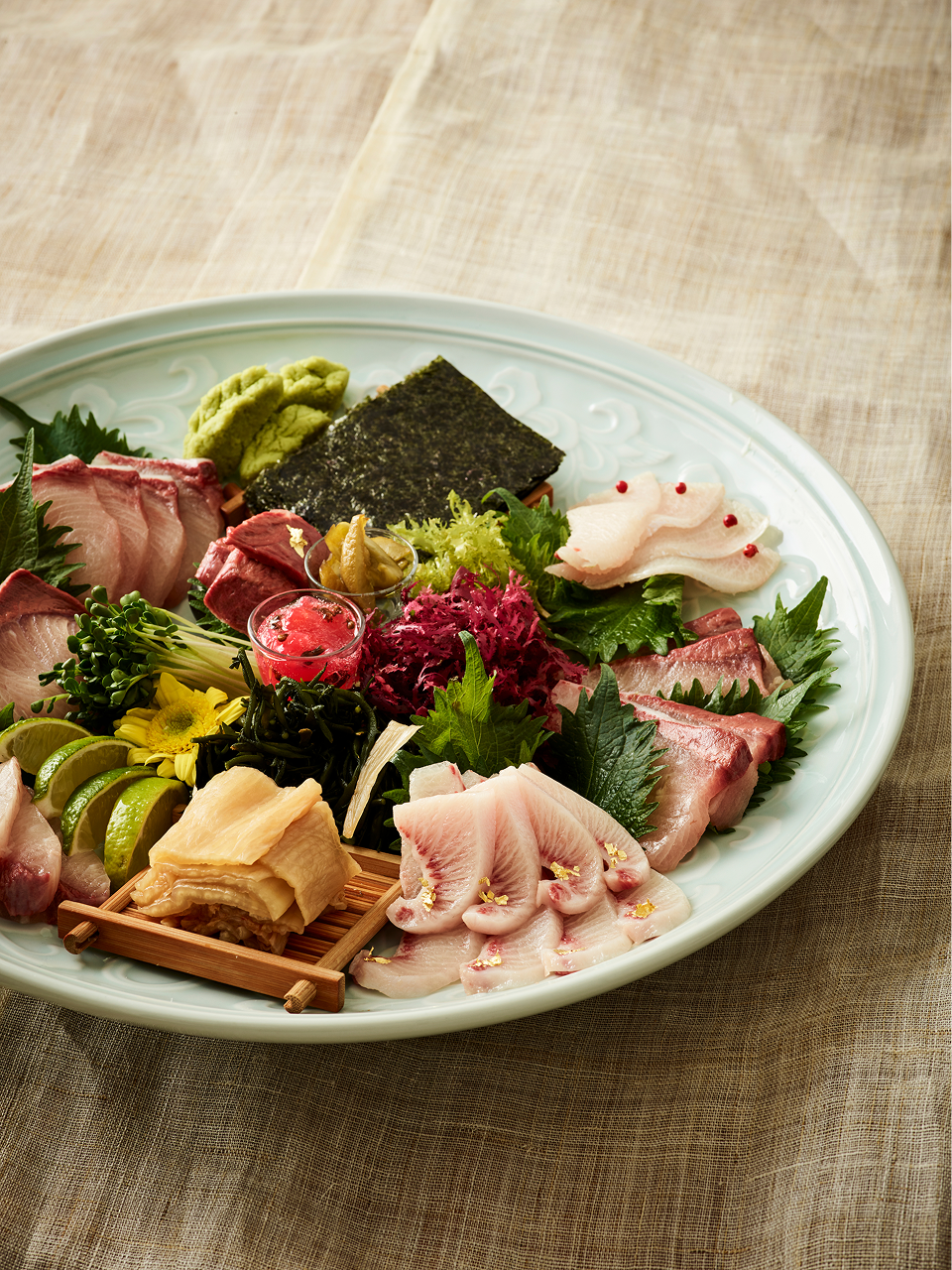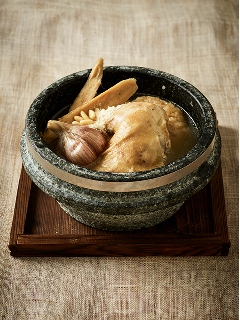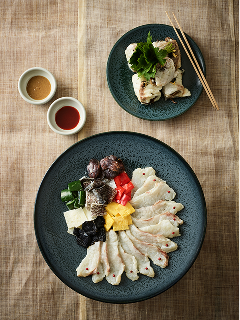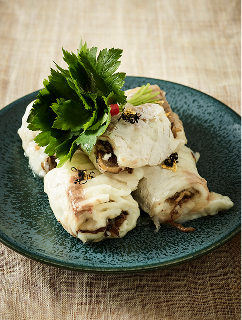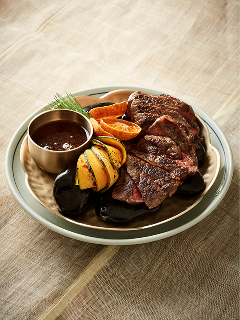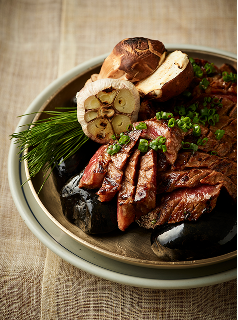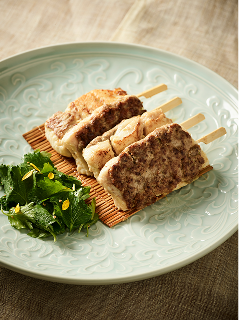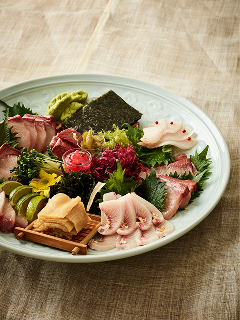of the Court and Nobility
Beyond the Satisfaction of Taste,
Experience the Tradition and Cultural Interpretation of Food
The reason why GYUBAN is catching people’s attention is because these meals are more
than just delicacies, they also present a broad interpretation of Korean food and tradition.
Guests can enjoy the interesting experience of expanding their understanding of food,
beyond the cooking methods and ingredients to the history and culture, thanks to this chef’s
skill and unique perspective!
EXPERIENCING KOREAN CULTURE THROUGH FOOD

Choosing the best ingredients was an important part of court cuisine. Ingredients such as cockles, spinach from Bigeumdo Island, webfoot octopus, shepherd’s purse, young skate, wild parsley, and others are selected as regional specialties based on records of the dishes offered to royalty during the Joseon Dynasty. Since the climate has changed a lot since then, regional specialties can’t be used in exactly the same way as in the records from Joseon, but GYUBAN strives to use locally grown ingredients chosen by master chefs that are most similar to those records. At GYUBAN, forgotten Korean ingredients and old cooking methods are brought back to life by researching the court cuisine. All ingredients are delivered to GYUBAN daily and used all on the same day. To create the desired taste, the ingredients aren’t prepared in advance nor are they frozen.
The menu changes four times a year, in the spring, summer, autumn, and winter. The menu is sometimes selected by reinterpreting the composition during every division of the year, and sometimes the table settings referred to in the Uigwe(a collection of books from the Joseon Dynasty) are used. Seasonal local specialties such as Ogye chicken from Yeonsan, horseshoe crab from Noseong, potato from Jeju, ginseng from Jangdan, are used in abundance, while an old dish from an ancient book may also be introduced.
GYUBAN’s managers wear a hanbok. This allows guests to see tradition throughout the entire process of being greeted and delivering the meal, resulting in a courteous service based on the values one must have, “benevolence, righteousness, courtesy, wisdom, and faith,” as well as the five elements that make up the universe, “fire, water, wood, metal, and earth.” The Chinese characters, history, and the origins of the ingredients may be difficult to understand in the menu, so they are simply and clearly explained so as to ensure that guests remain at ease. After an explanation of the 24 divisions of the year, the theme of the meal, and the meaning and value of the ingredients, the staff will also recommend an alcoholic drink or beverage that pairs exquisitely with the food.
Another charming aspect of court cuisine is the customs that must be followed by nobles at their table in the palace, following yin-yang and the five elements. The meal is naturally delicious but the characteristics of the ingredients, traditional cooking methods, and the hidden message behind the customs provide an unfamiliar but fun experience.


SEASONAL MENU BASED ON THE 24 DIVISIONS OF THE YEAR - SPRING

The queen of the seasons.
Enjoy the fragrance and flavor of the various ingredients present during spring
Ipchun begins spring. Usu grows lush vegetation. Gyeongchip wakes animals from their winter hibernation. Day and night are at last the same length during Chunbun. The weather is bright during Cheongmyeong. And crops gain luster from the spring rain during Gogu
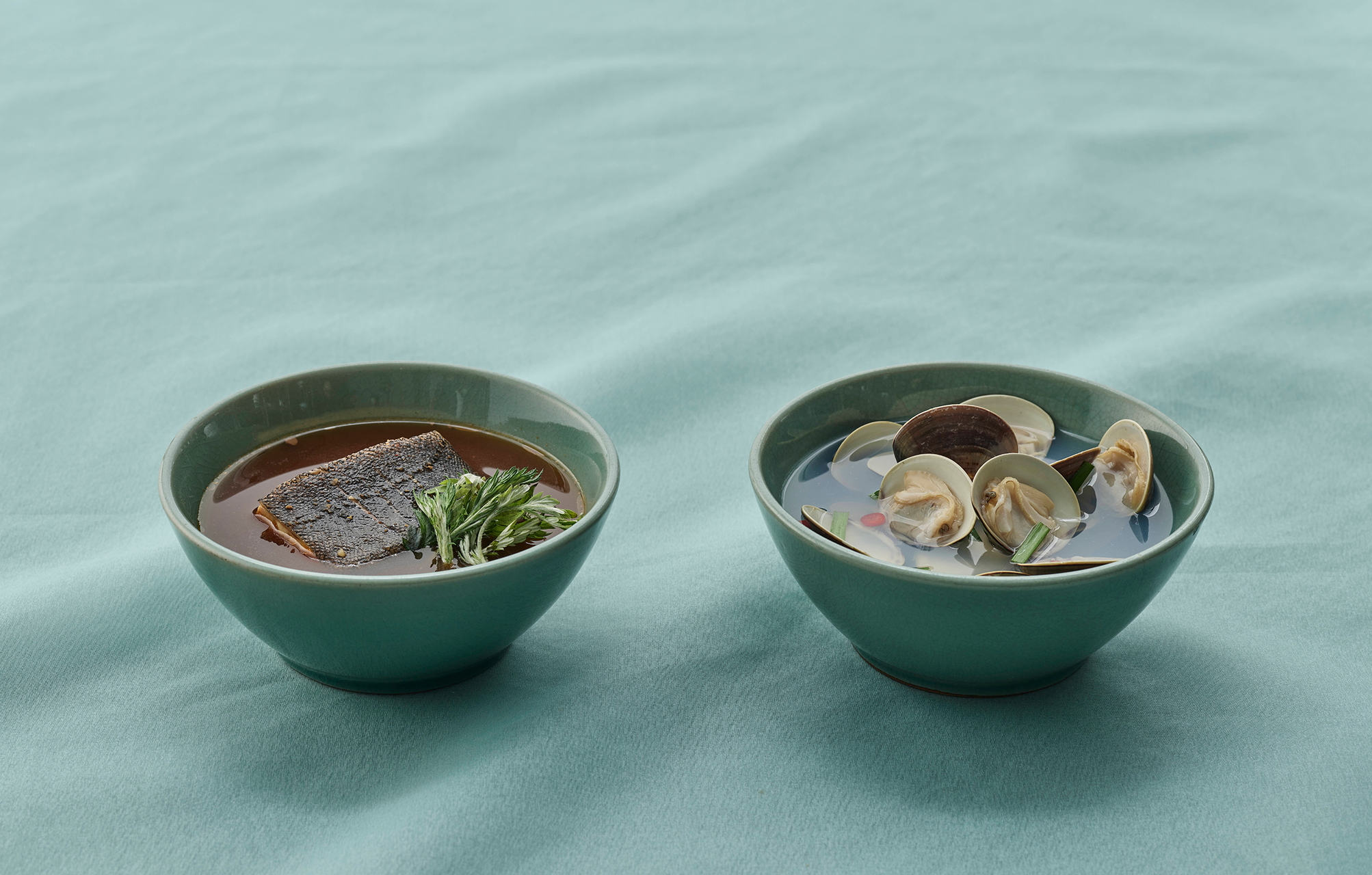
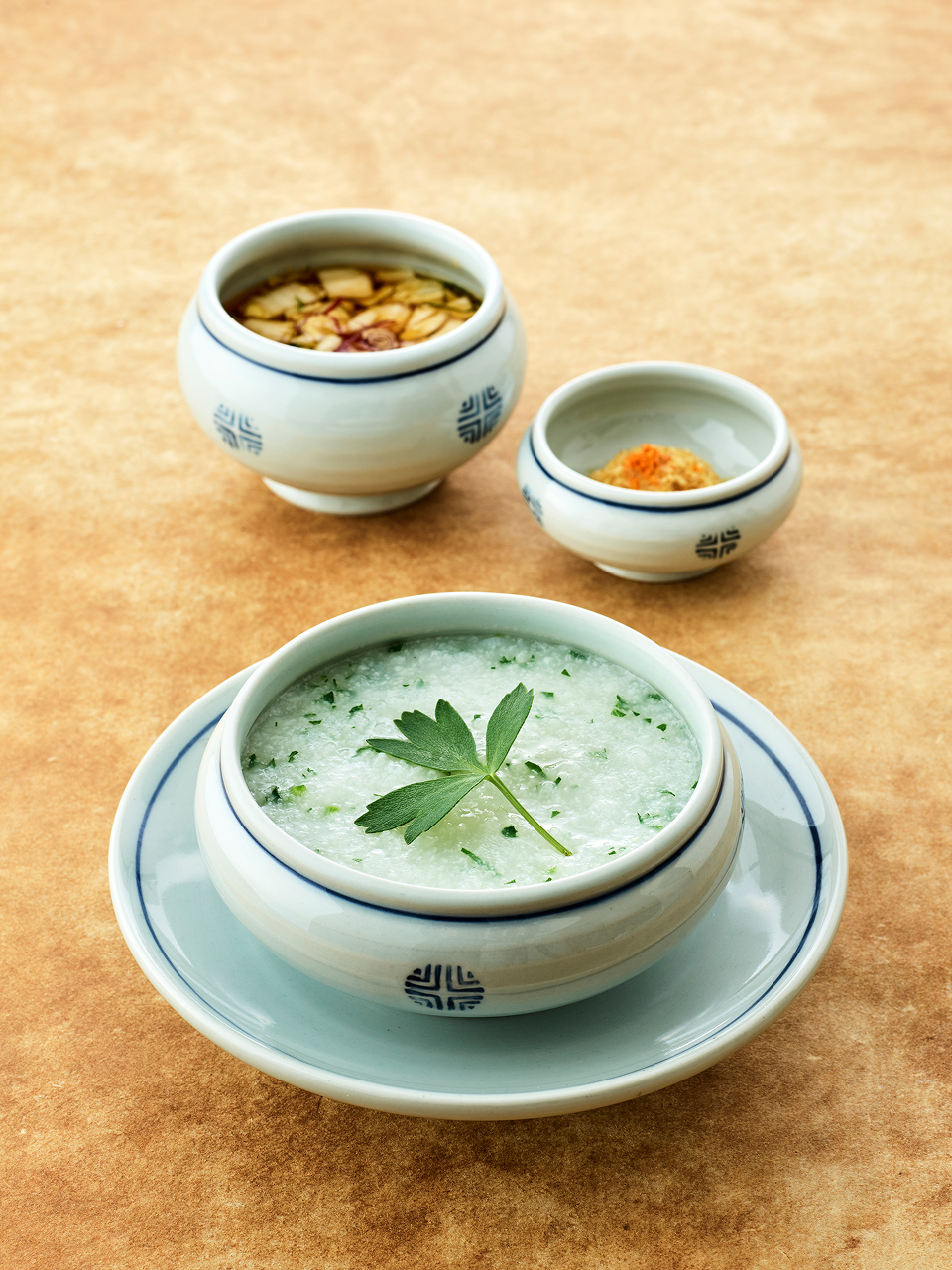
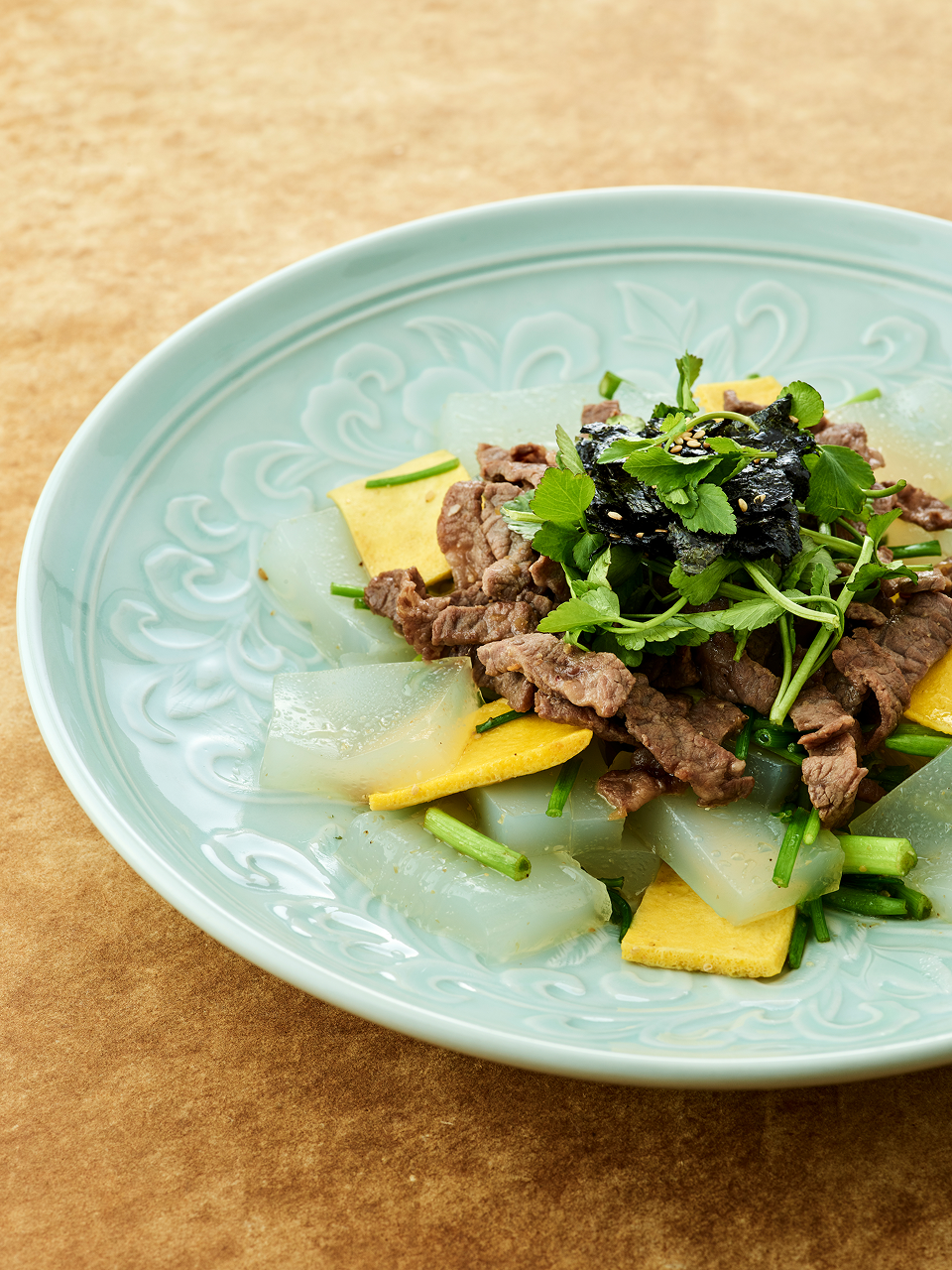
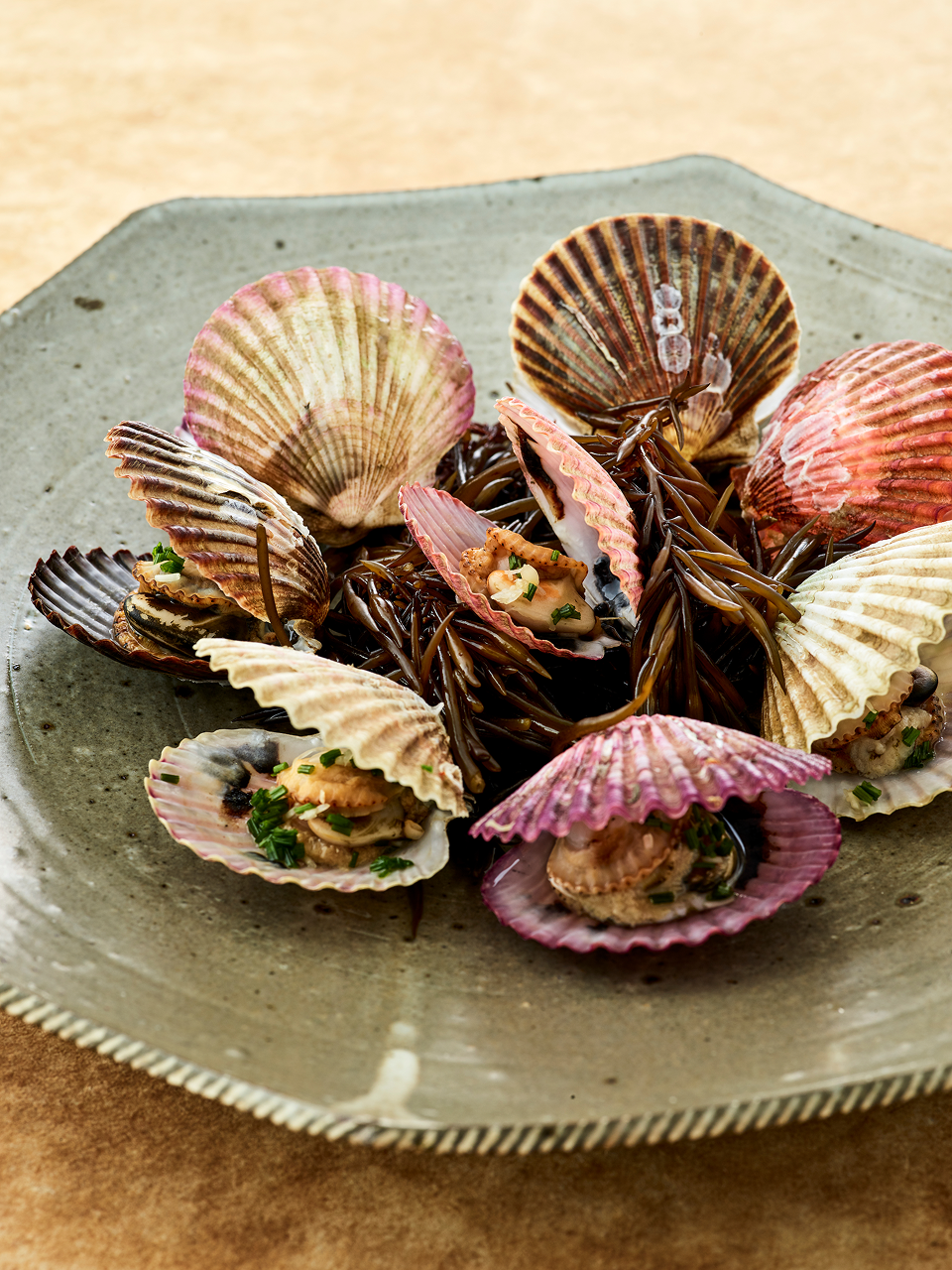


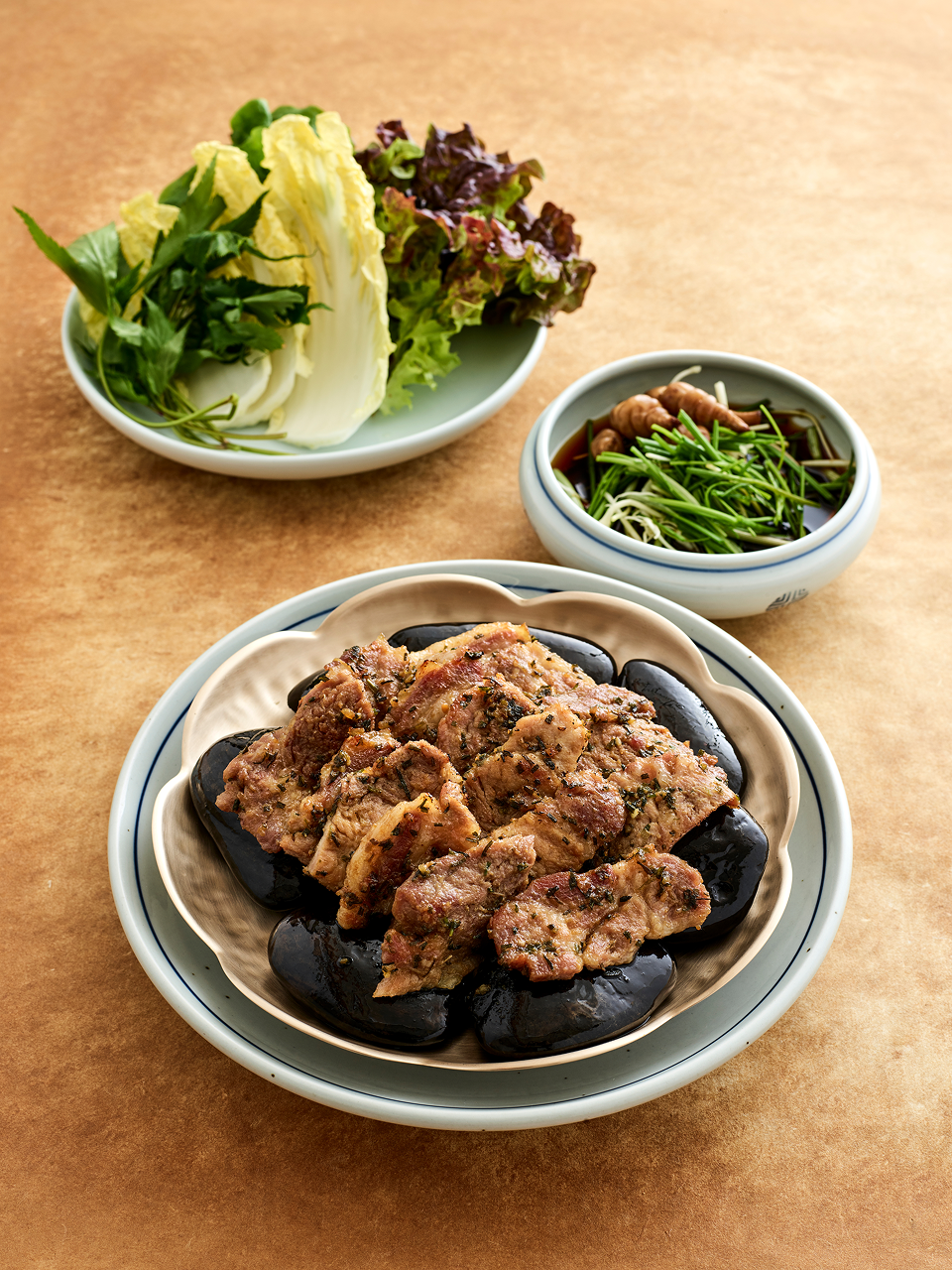

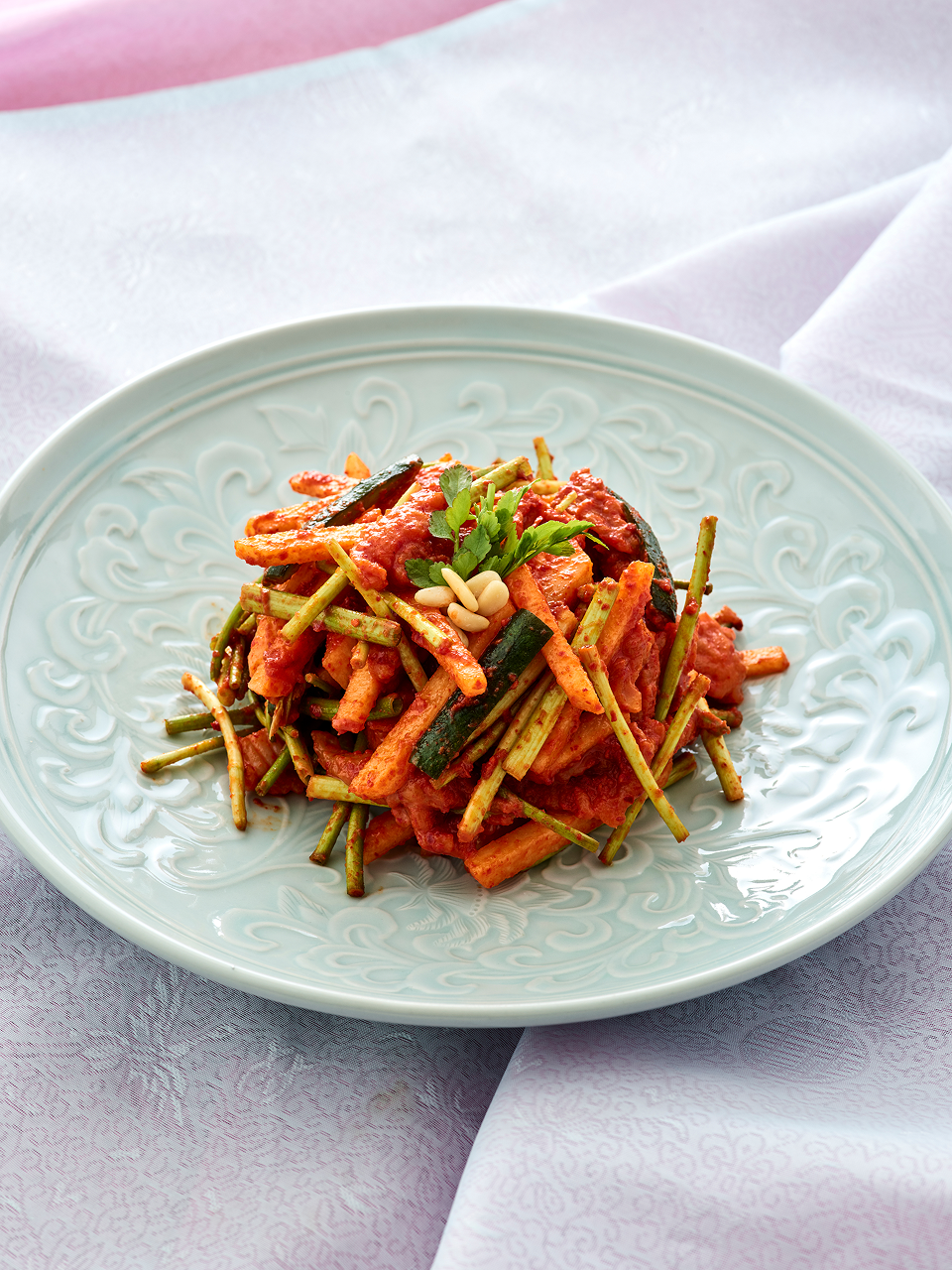
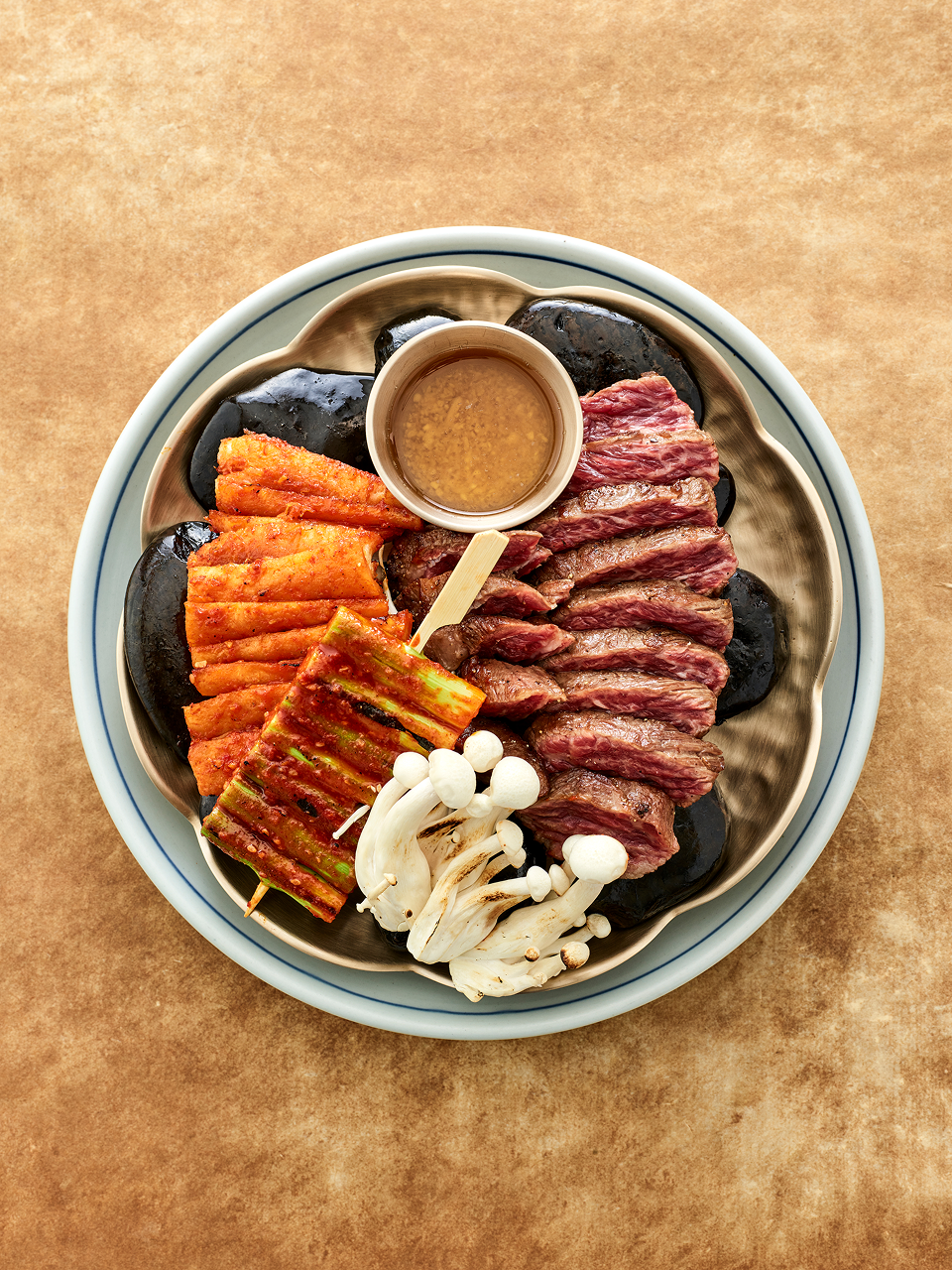
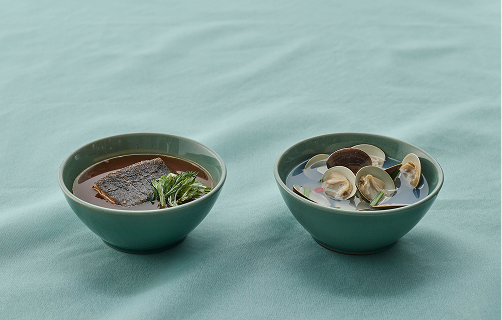
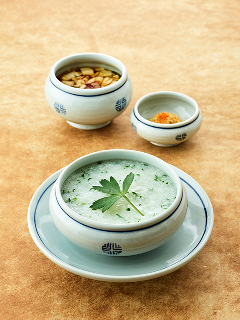
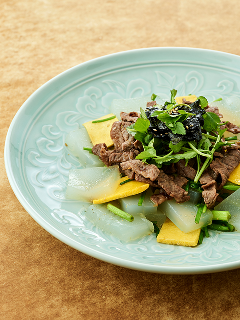

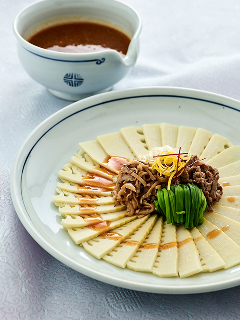
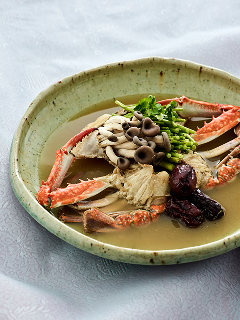
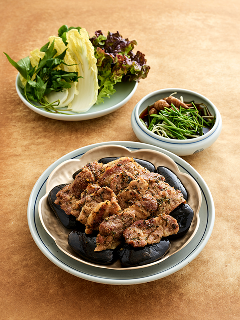

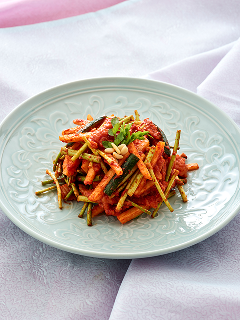


SEASONAL MENU BASED ON THE 24 DIVISIONS OF THE YEAR - SUMMER

Be enraptured by the taste of summer, with fresh ingredients that burst in your mouth.
Ipha starts off the summer. Soman begins the farming season. Seeds are planted during Mangjong. Days become longer during Haji. The weather heats up during Soseo. Finally, the sun is at its hottest during Daeseo


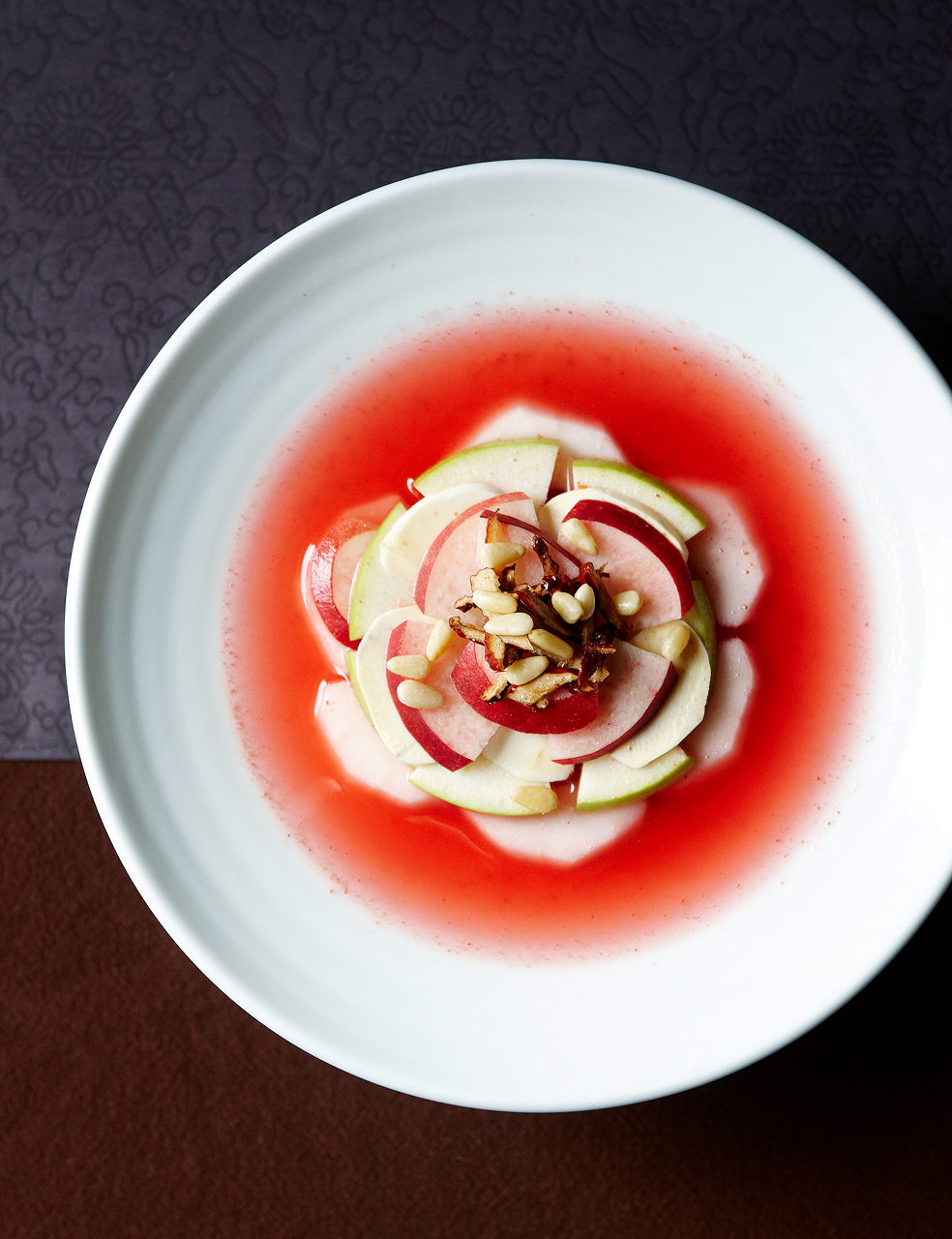
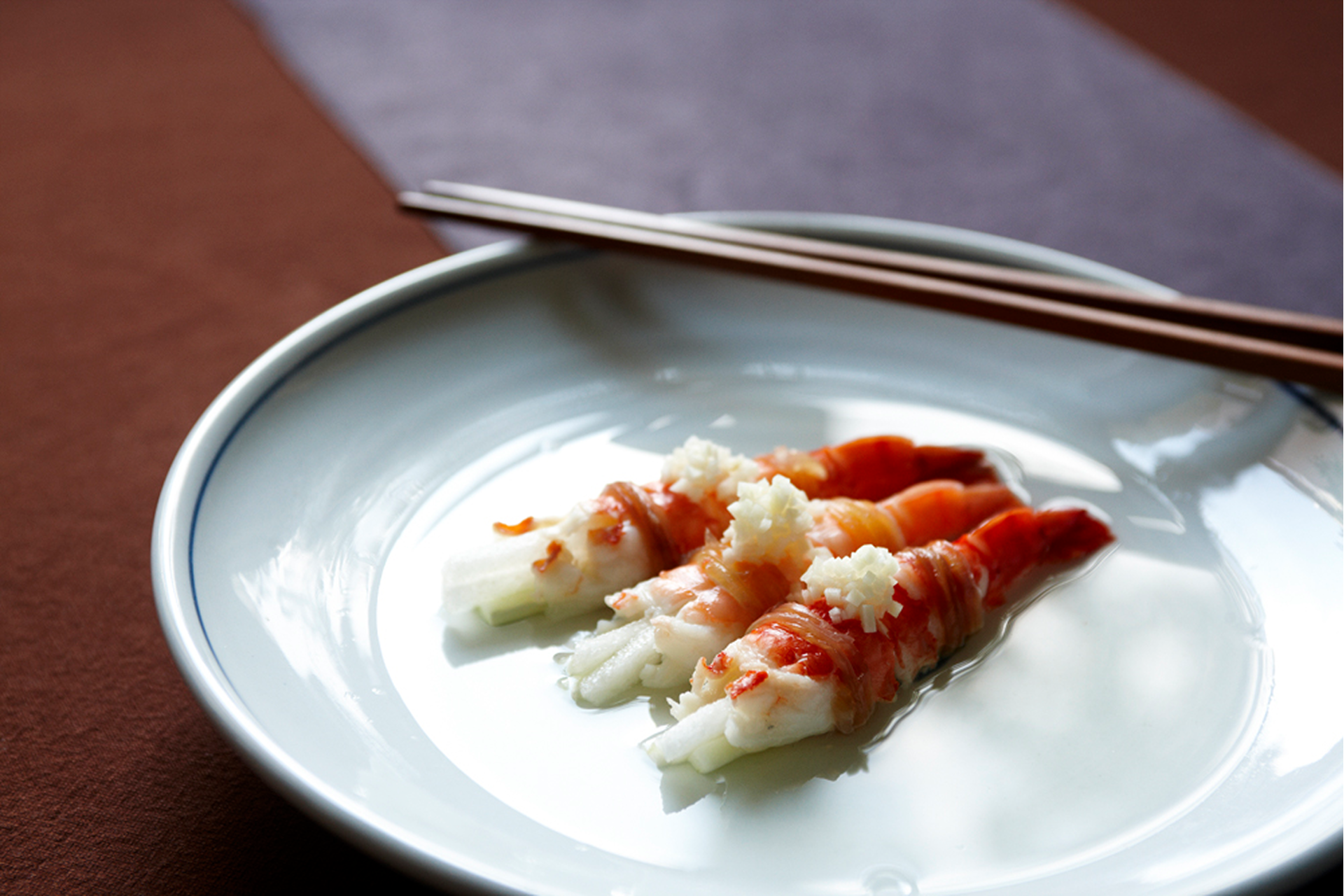
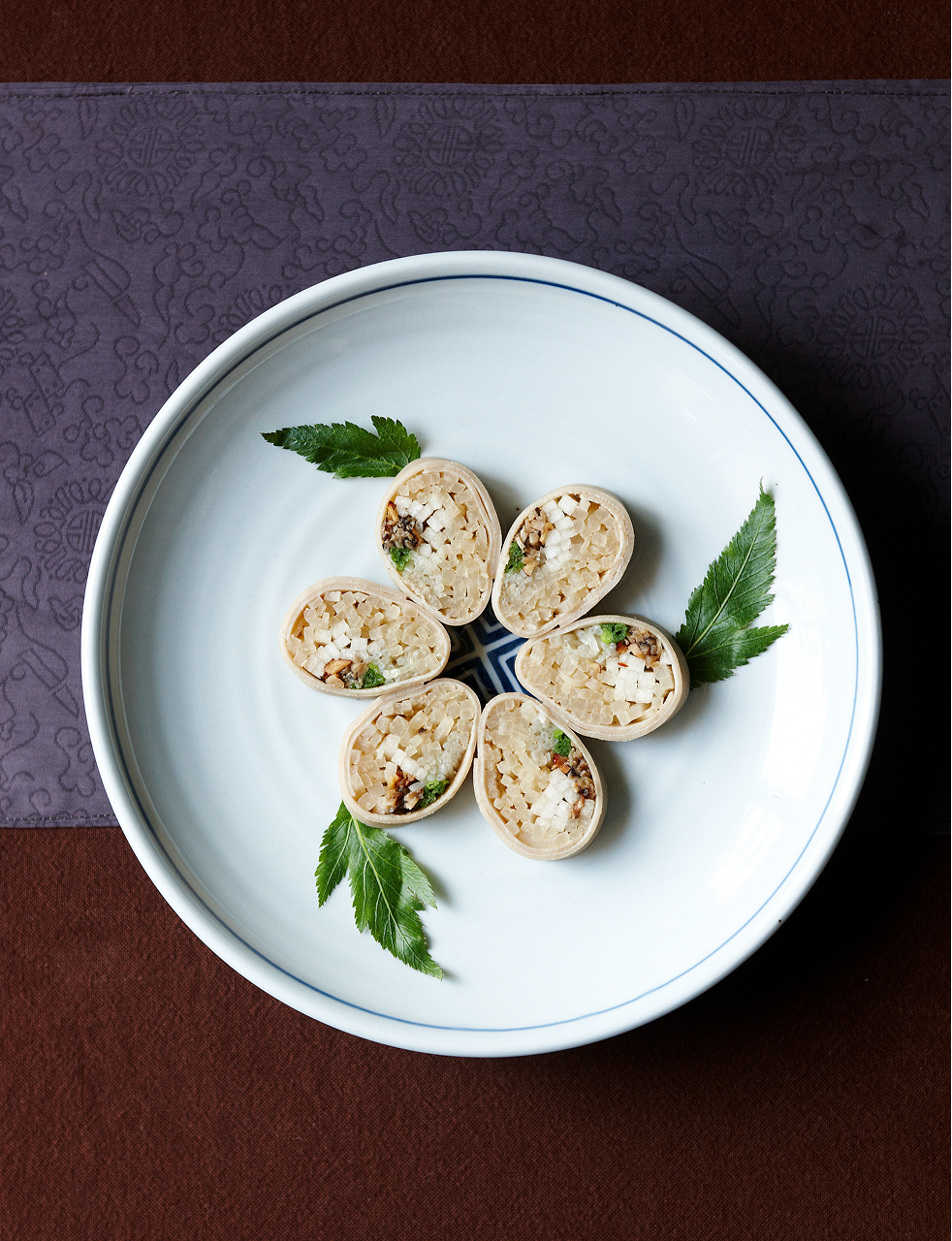


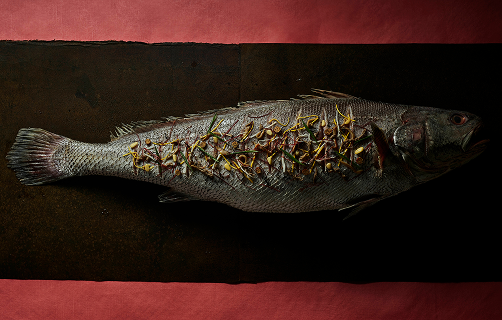
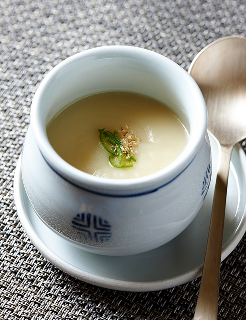
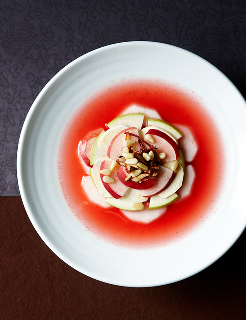
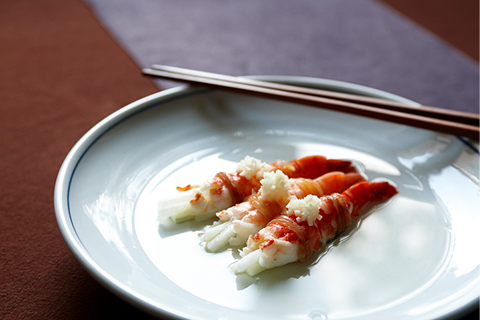
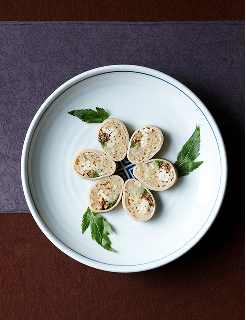
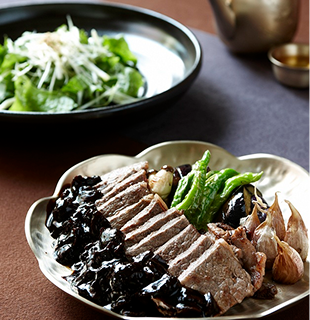
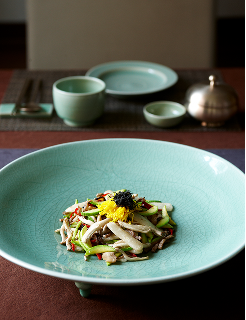

SEASONAL MENU BASED ON THE 24 DIVISIONS OF THE YEAR - AUTUMN

Be infused with autumn’s energy when the sky is high, the crops are ripe, and the animals are fattening up
Ipchu starts the autumn. The temperatures change by the day during Cheoseo. Dewdrops form during Baekno. The nights grow longer during Chubun. Cold dewdrops grow frosty during Hanlo. And frost rains down during Sanggang.
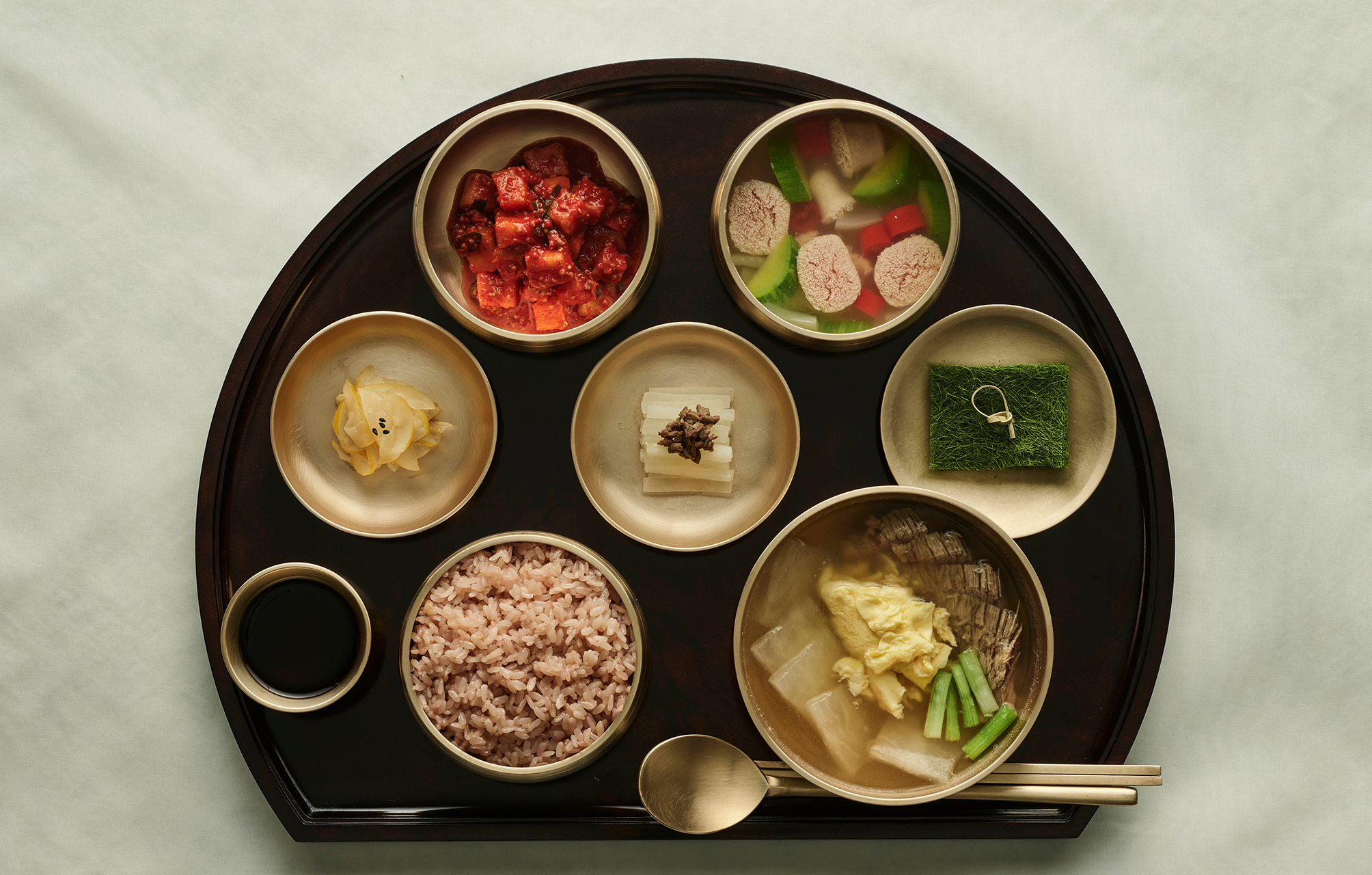
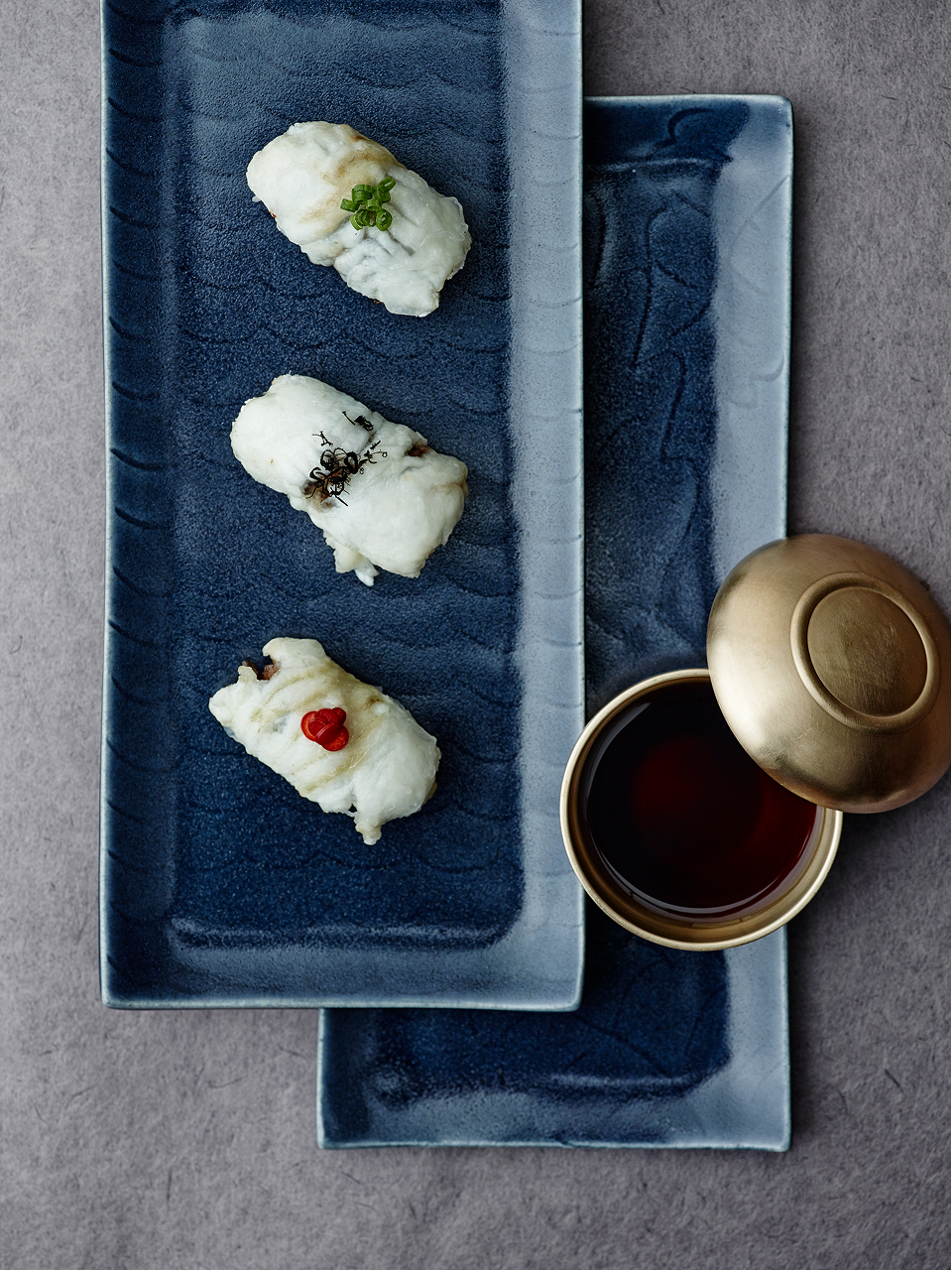
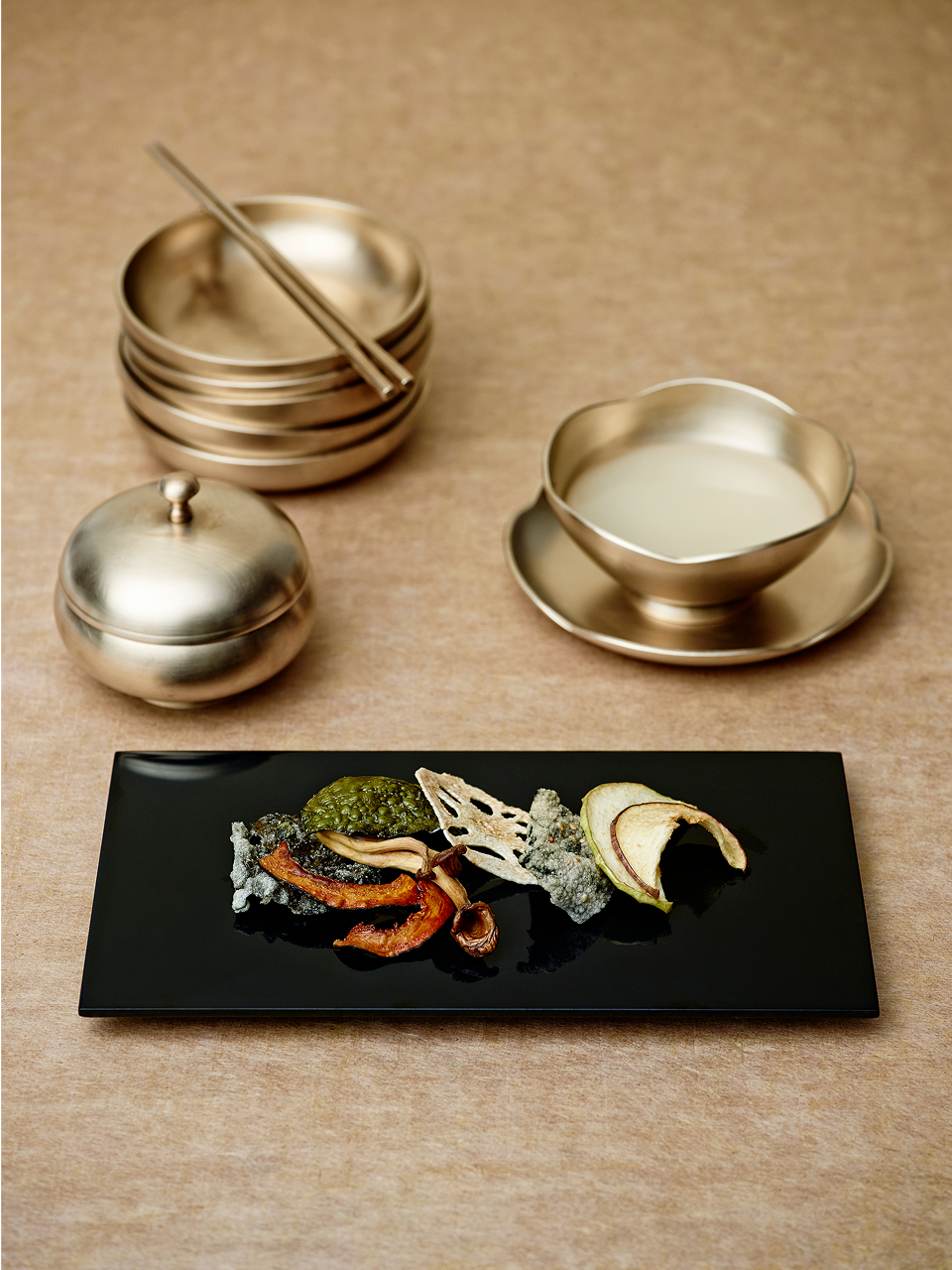
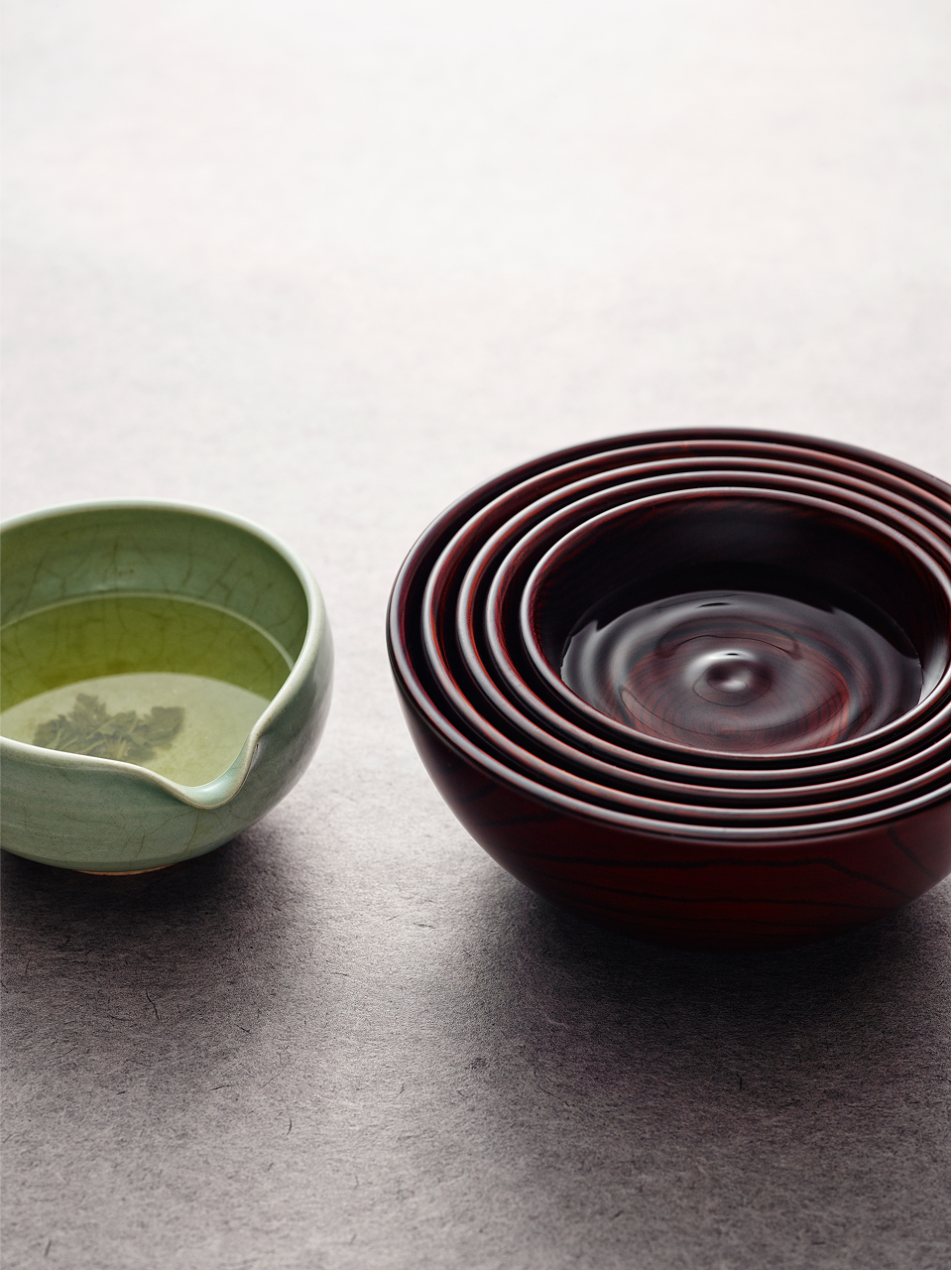
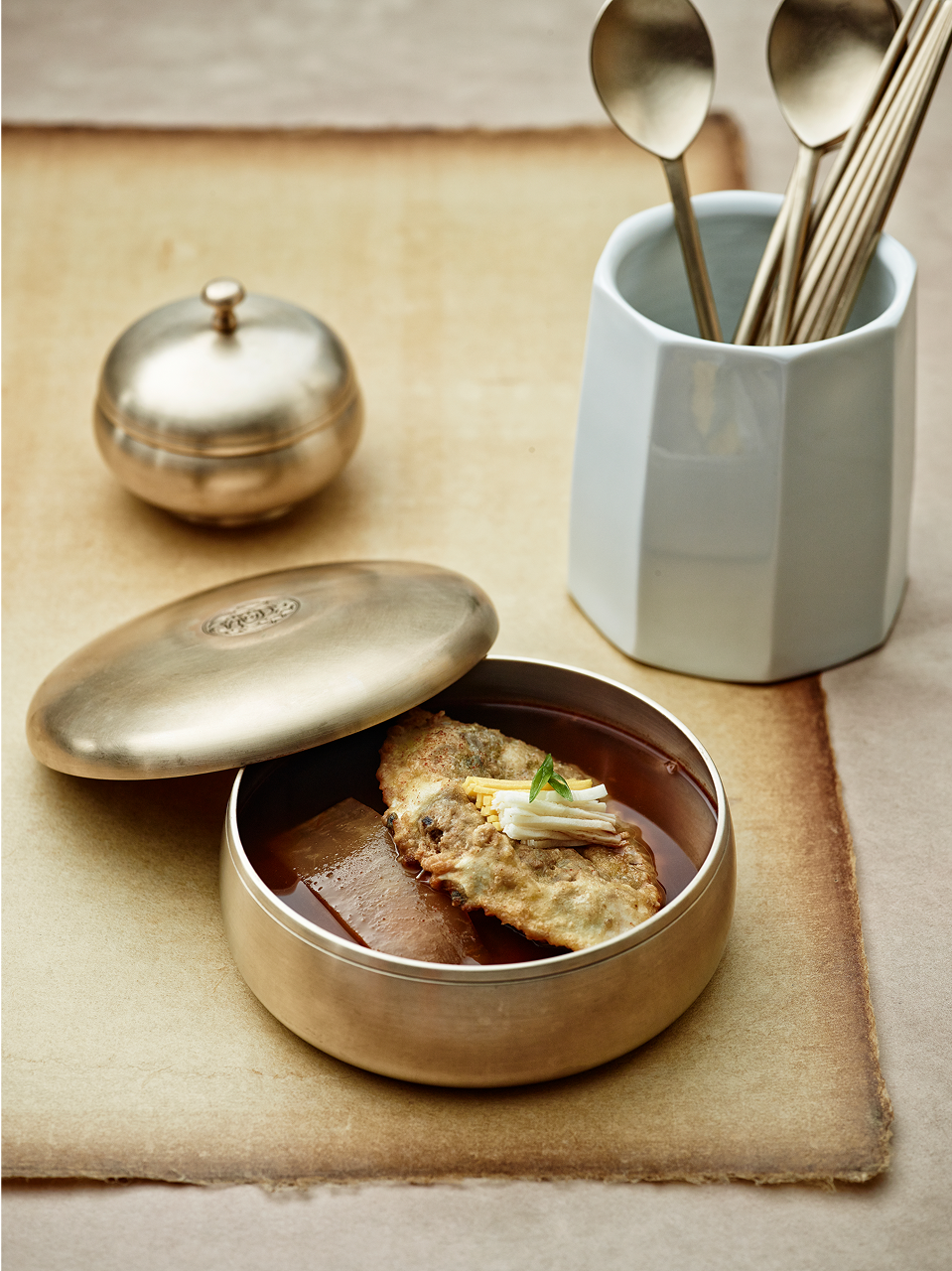
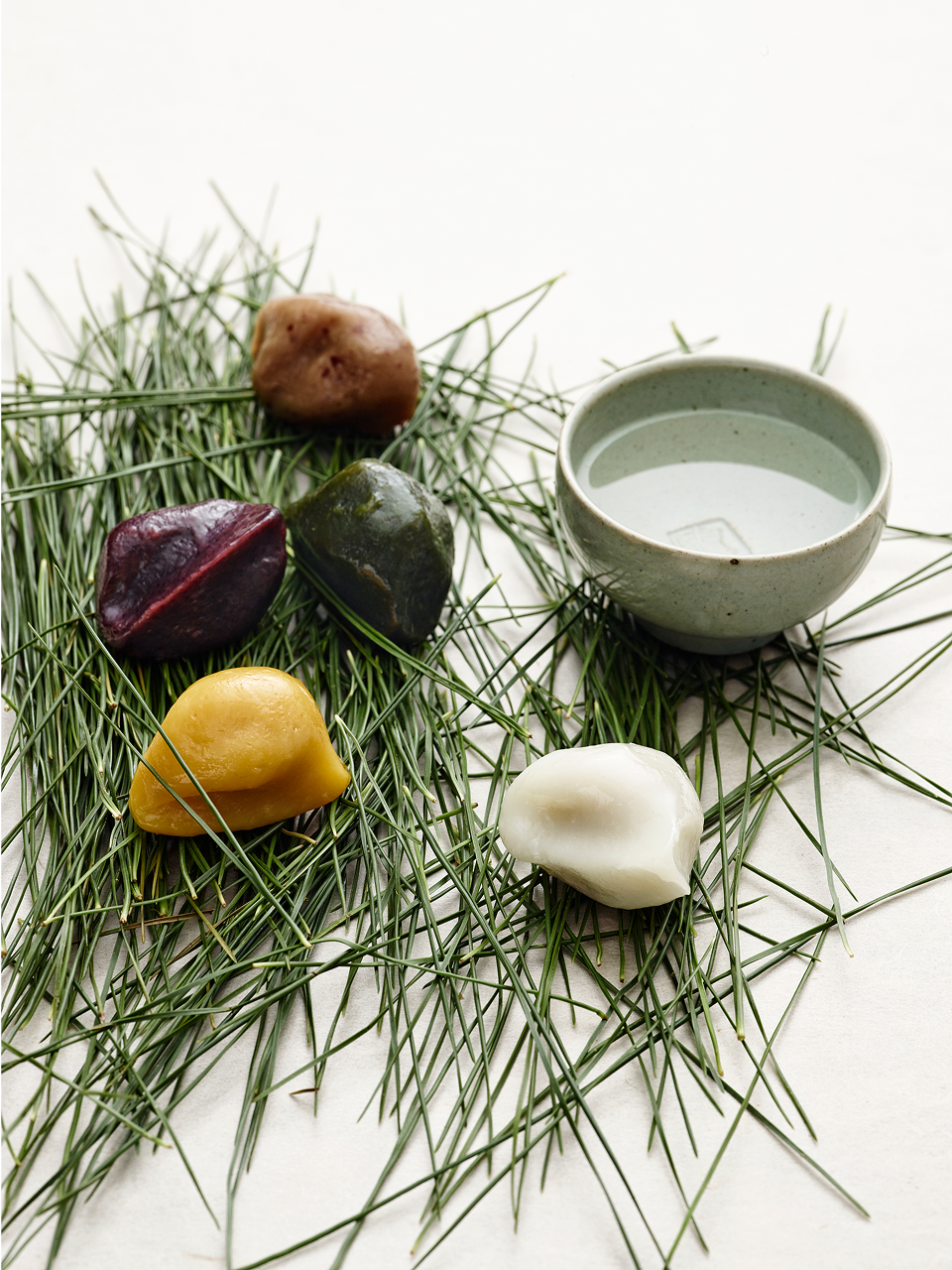




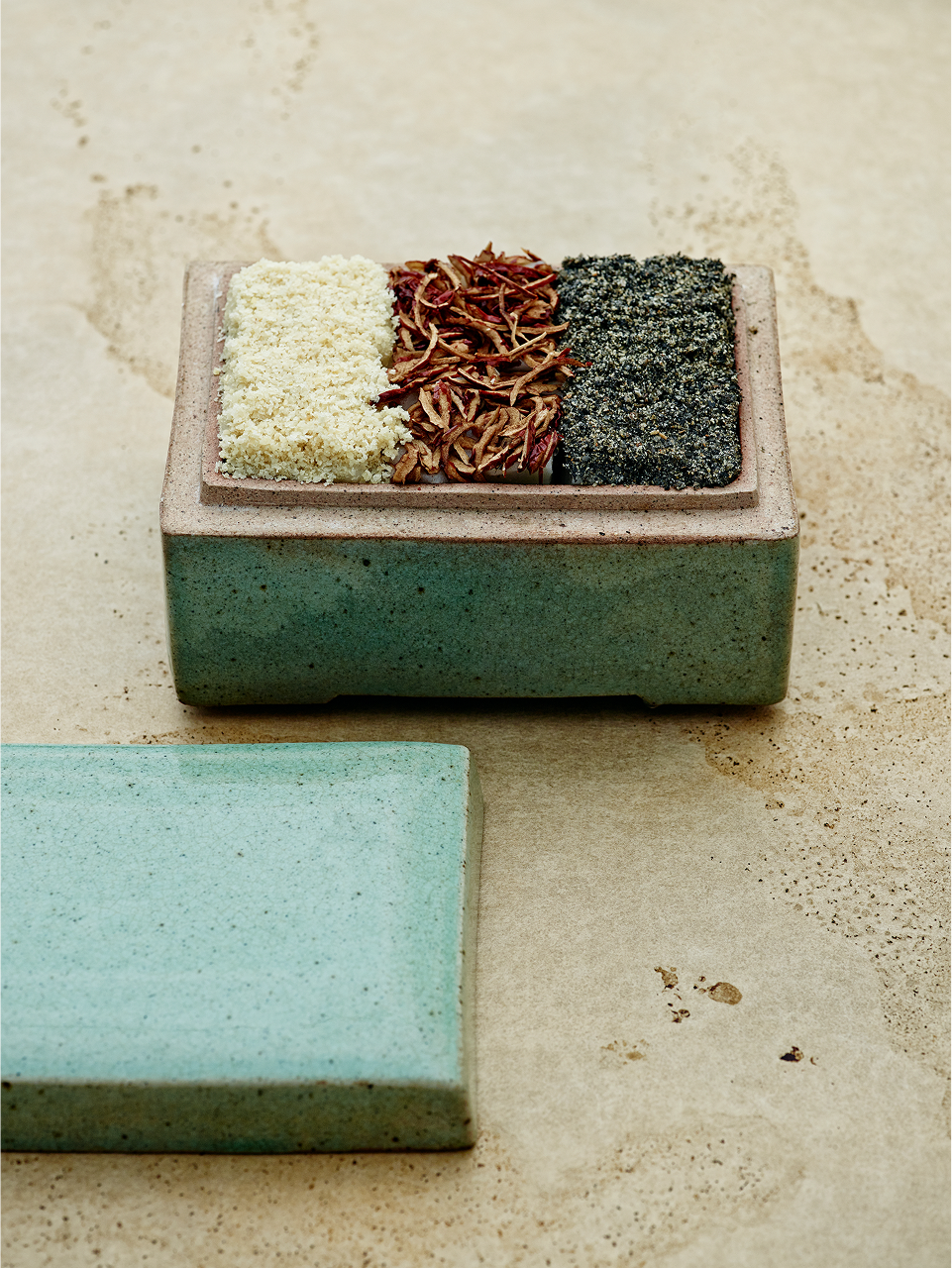
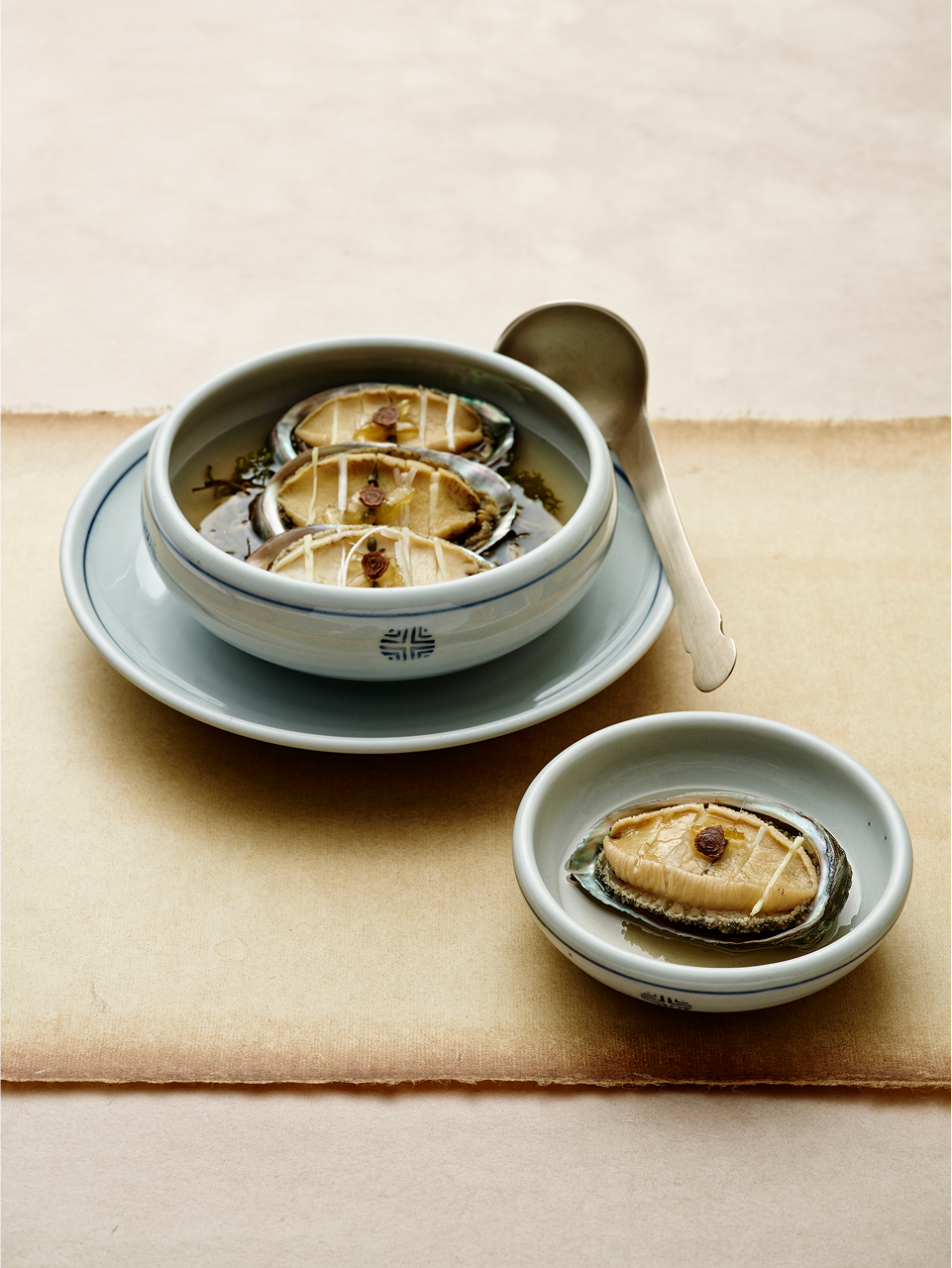
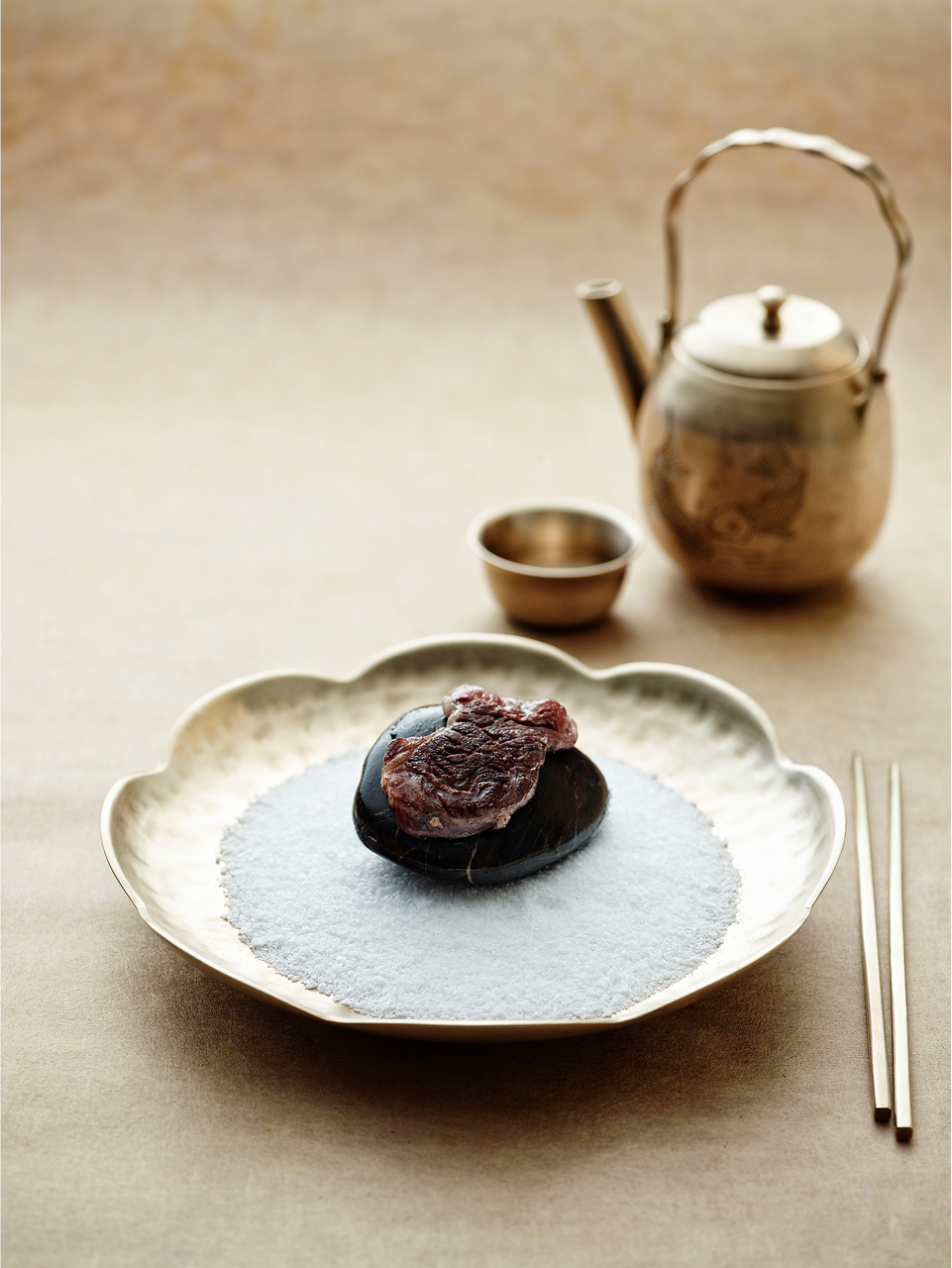

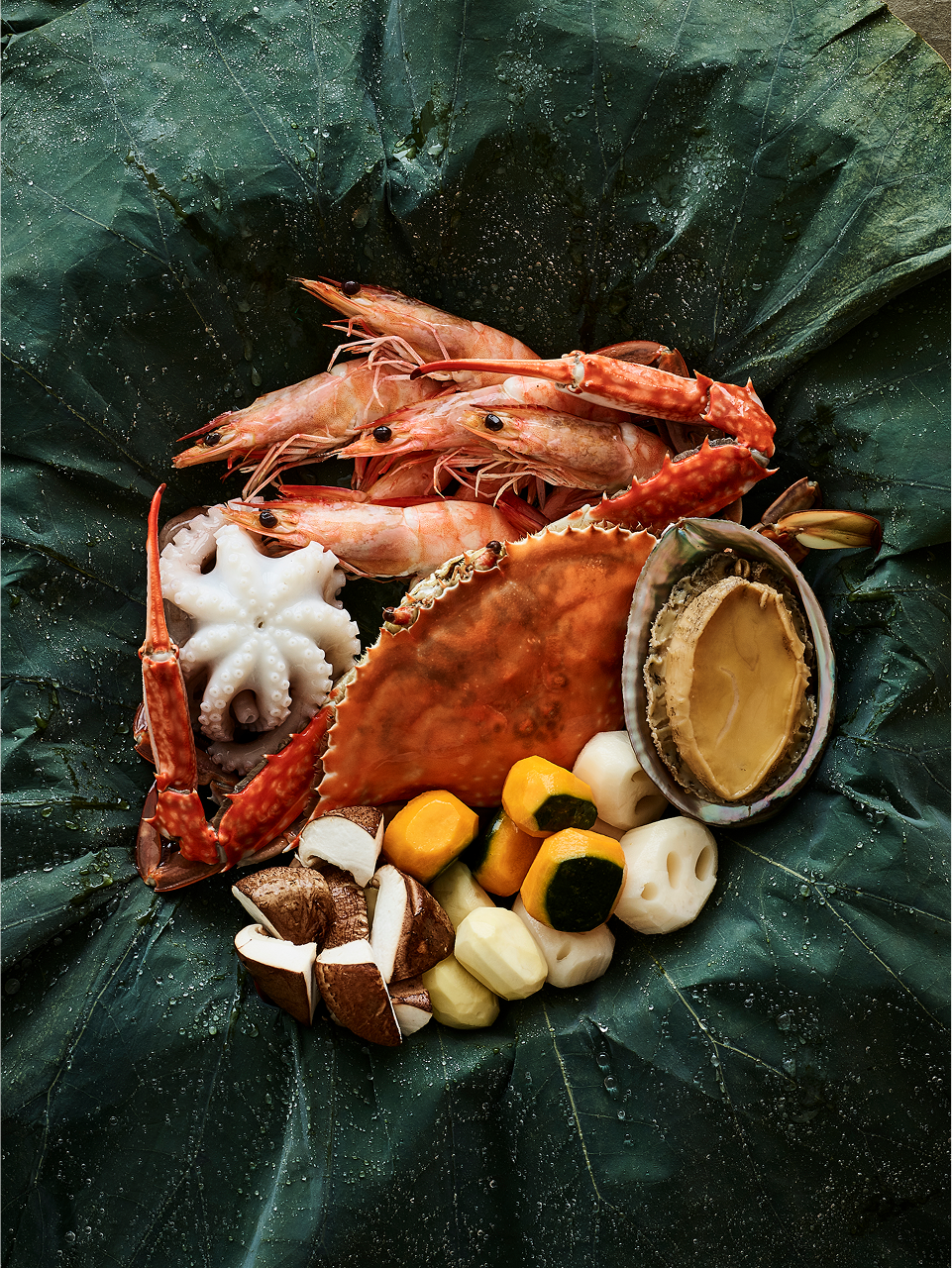

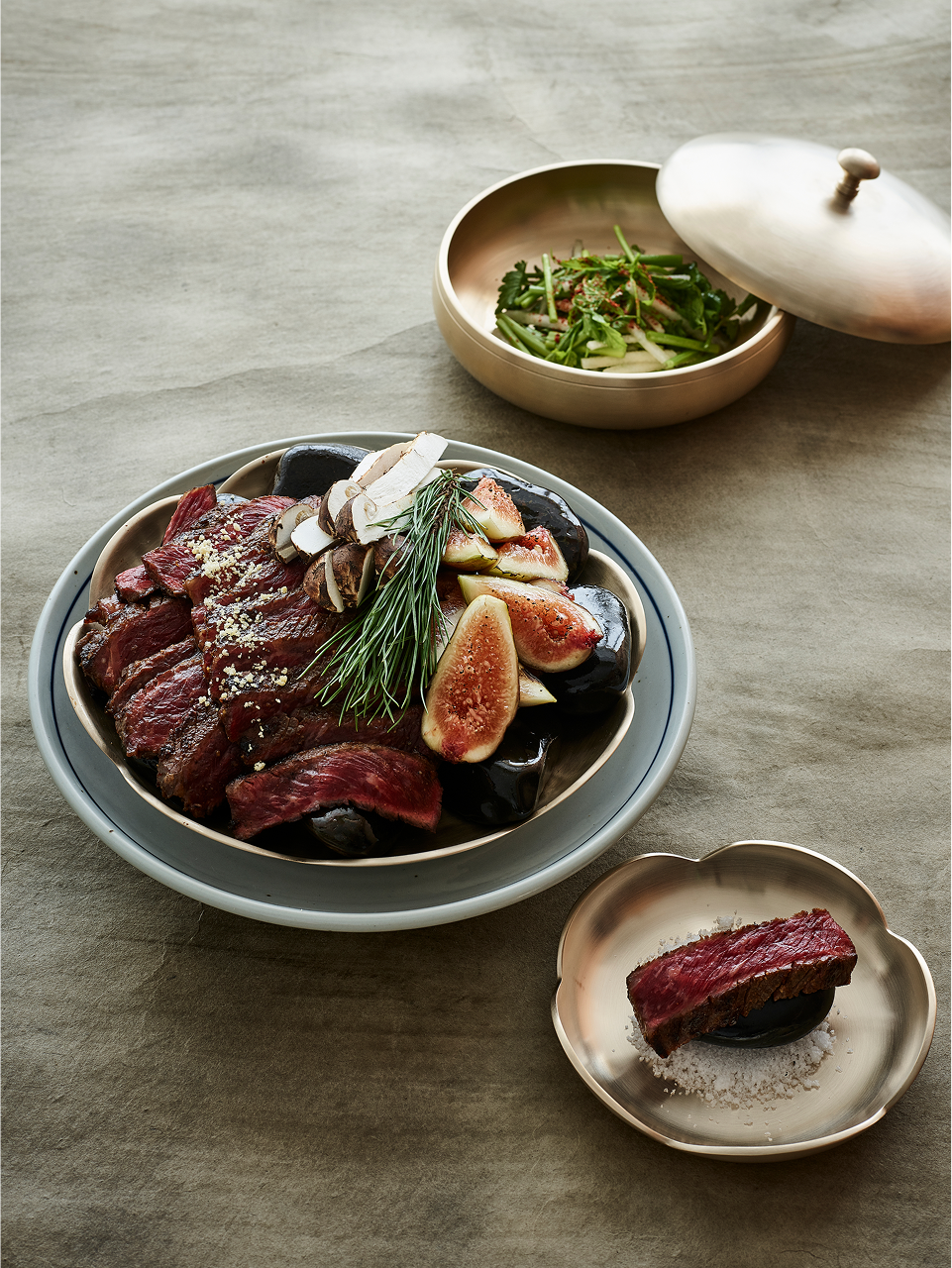
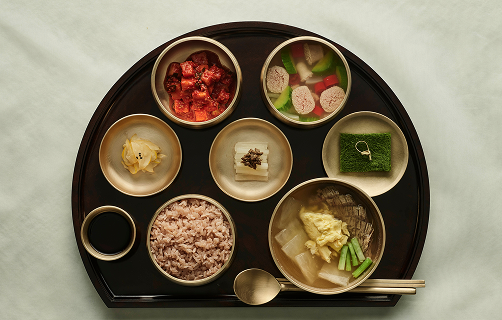
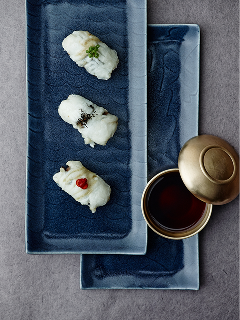
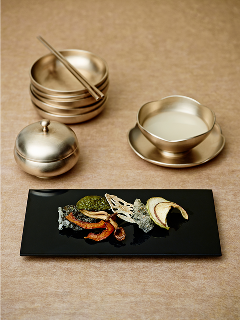
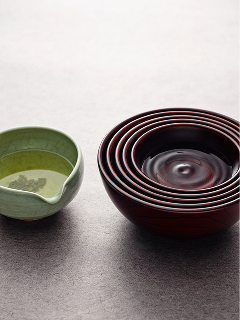
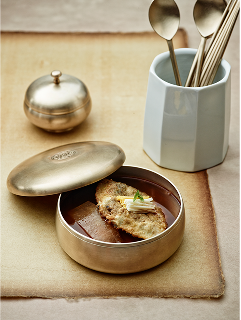
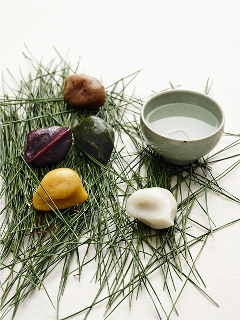
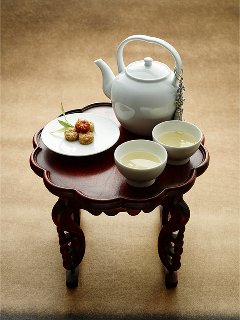
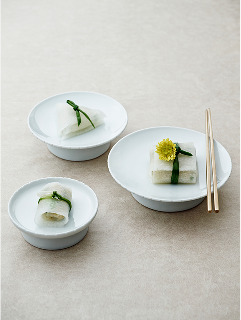
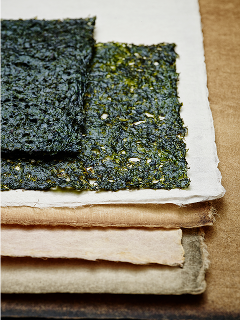
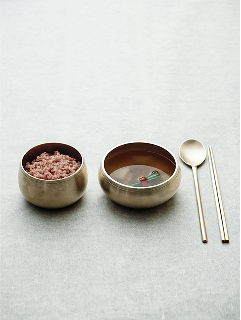
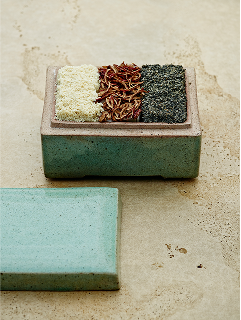




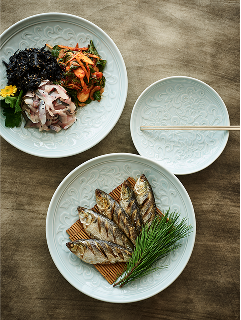
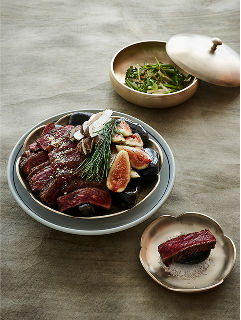

SEASONAL MENU BASED ON THE 24 DIVISIONS OF THE YEAR - WINTER
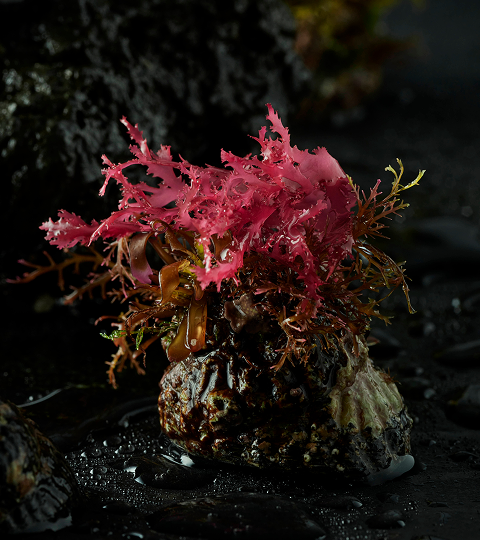
Enjoy the taste of winter, while the year reaches its end, and feel thrilled for the start of a new year
Ipdong starts the winter. Water starts to freeze during Soseol. Snow starts falling down during Daeseol. Nights are the longest during Dongji. The weather is the coldest during Sohan. It remains freezing during Daehan.

